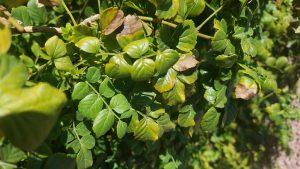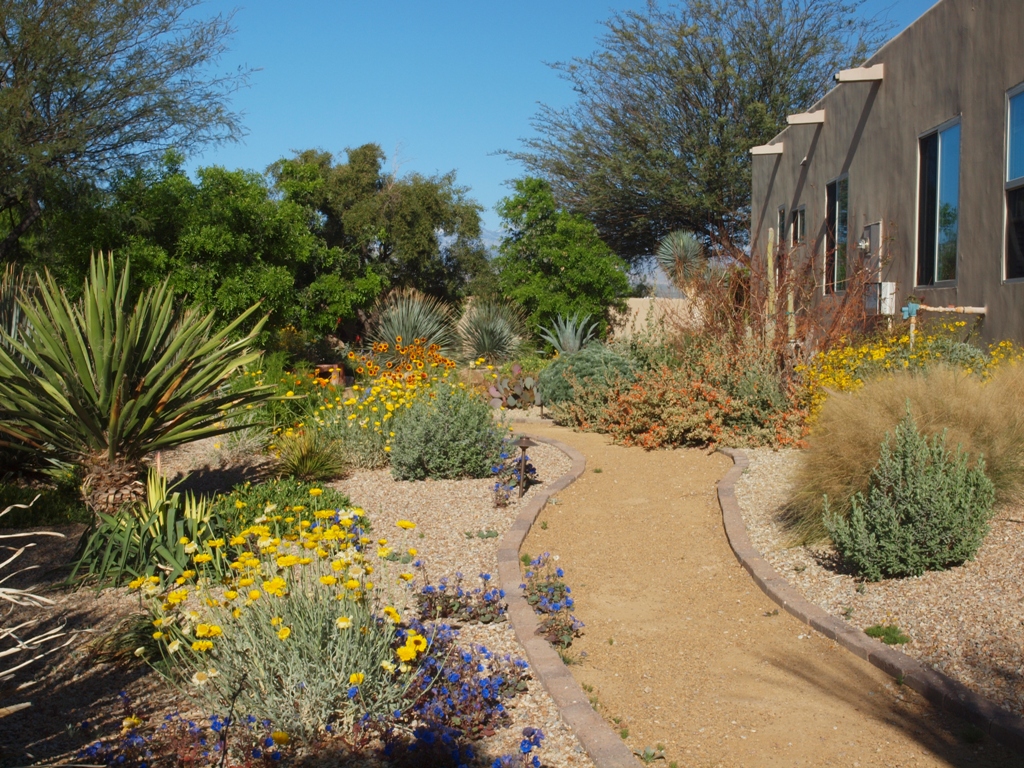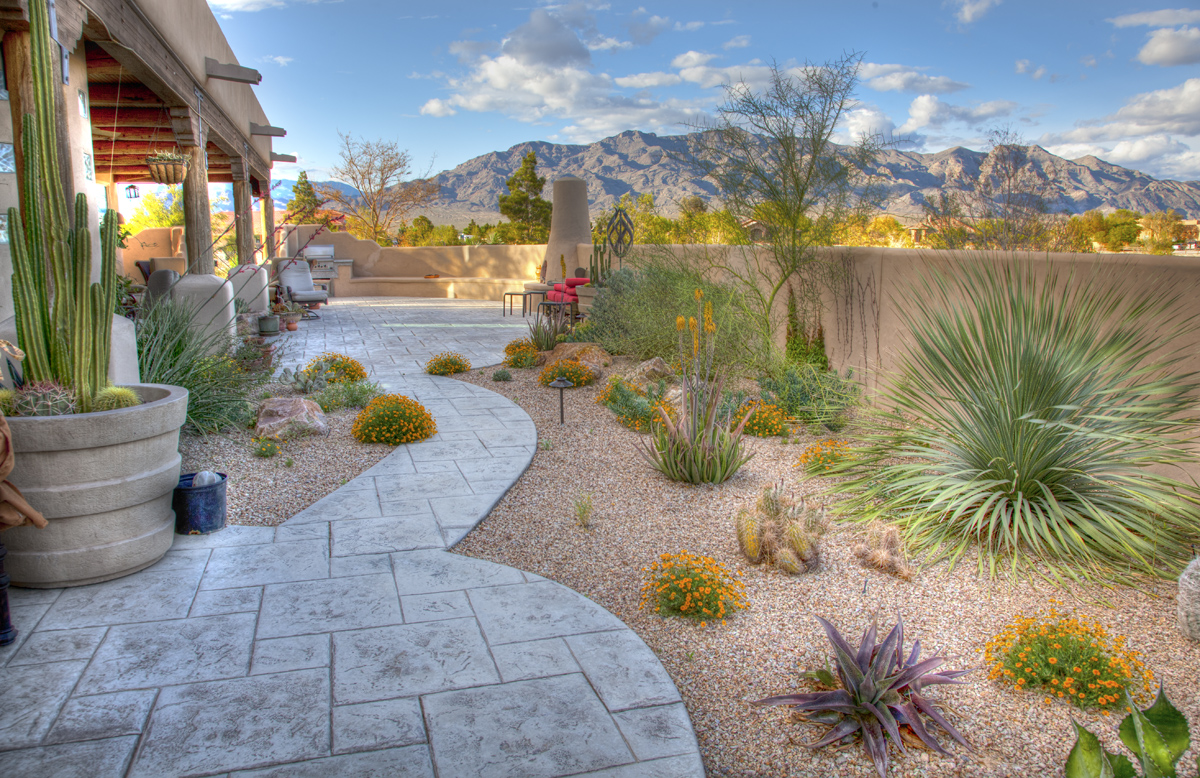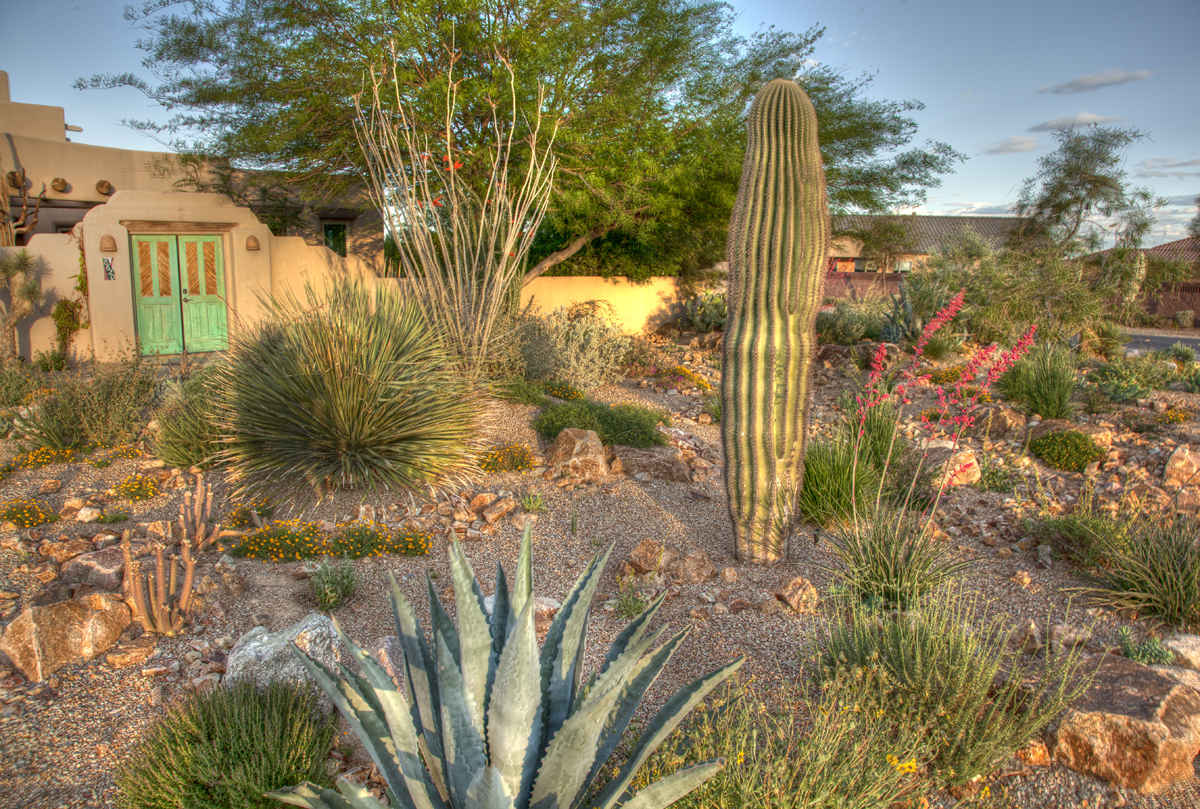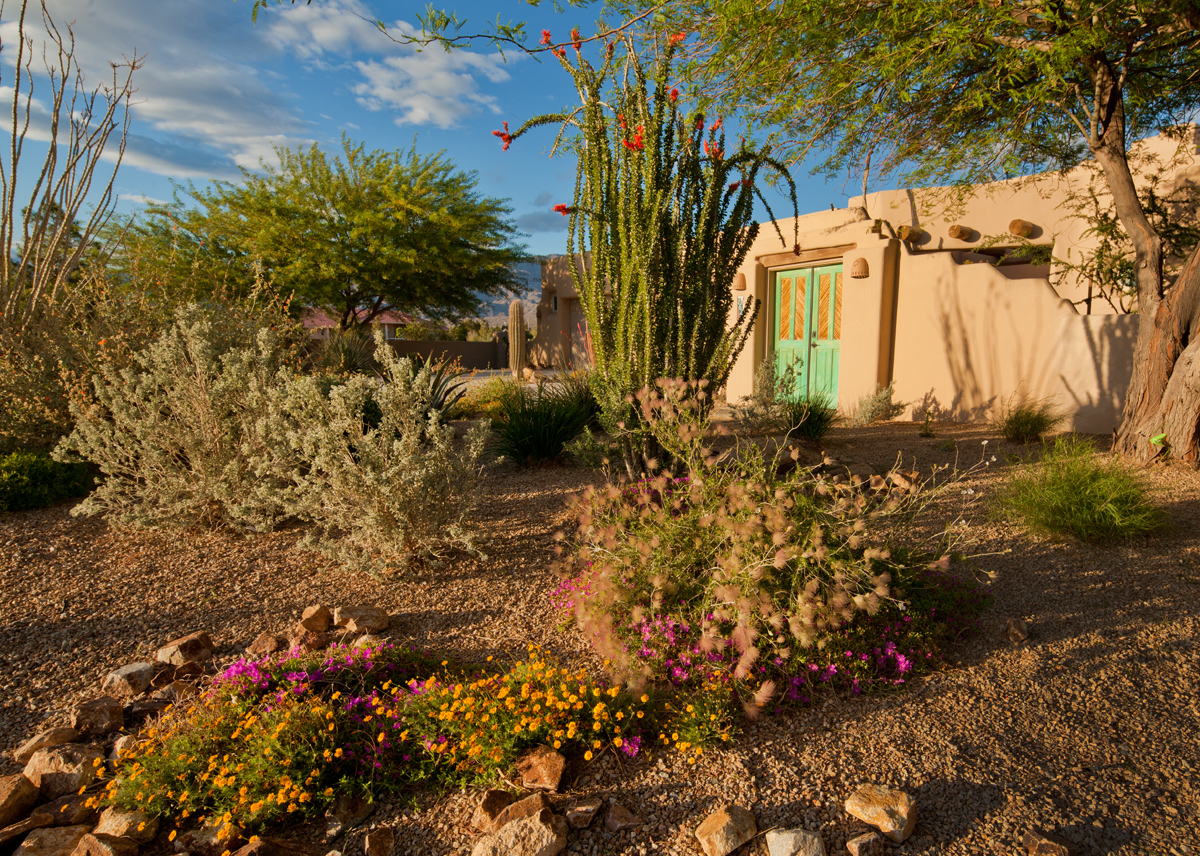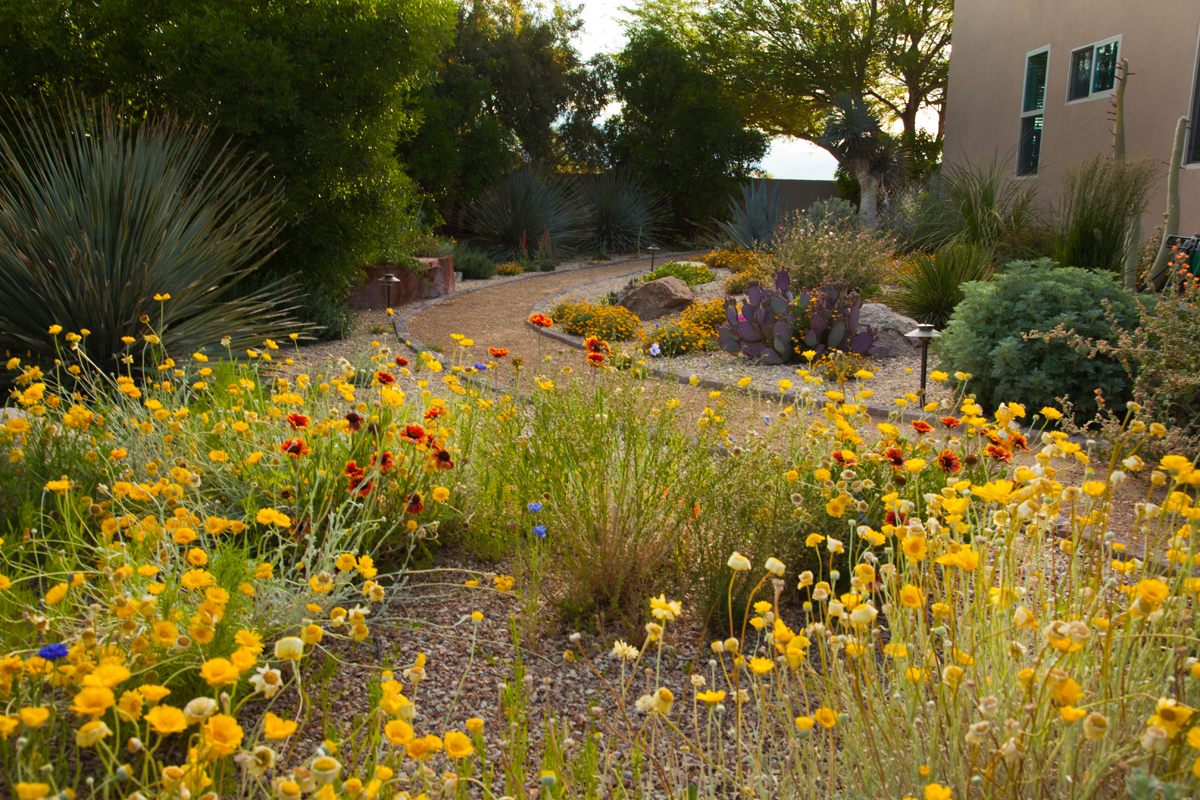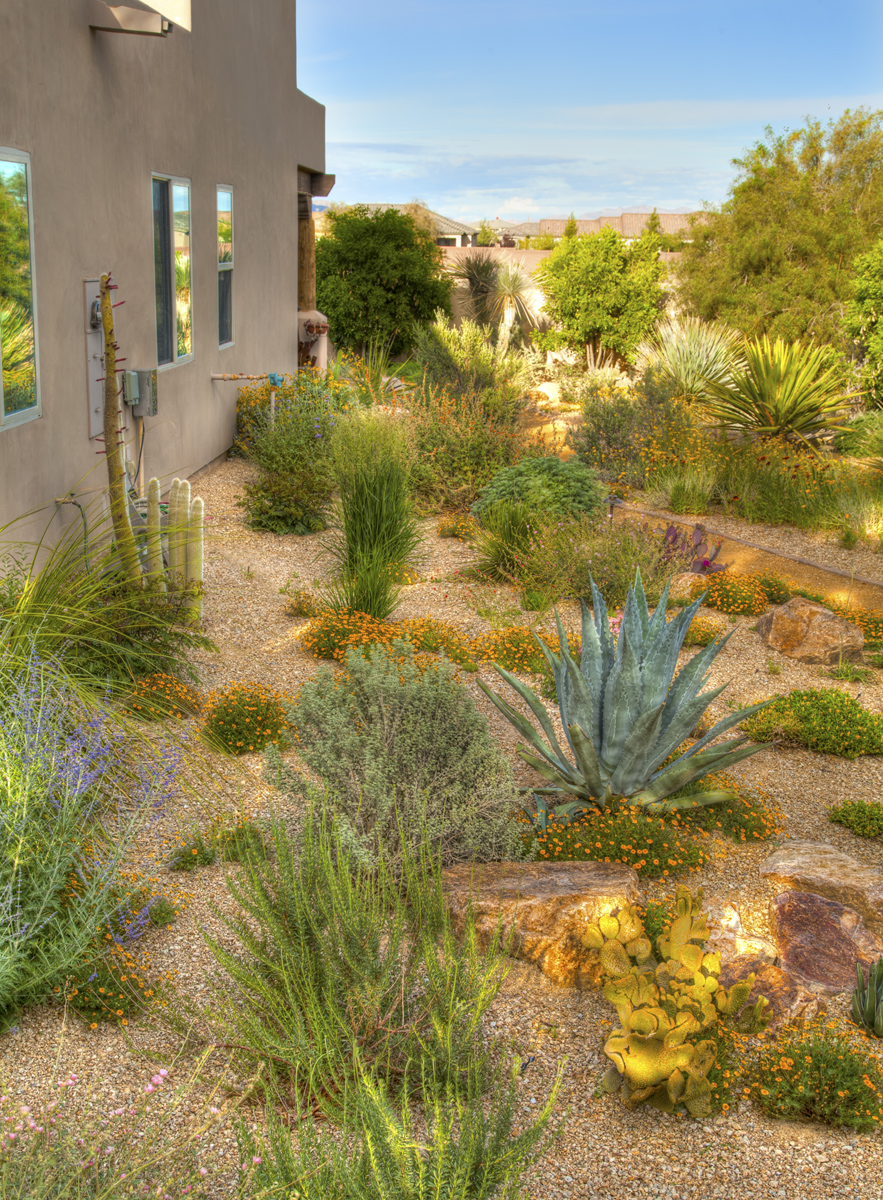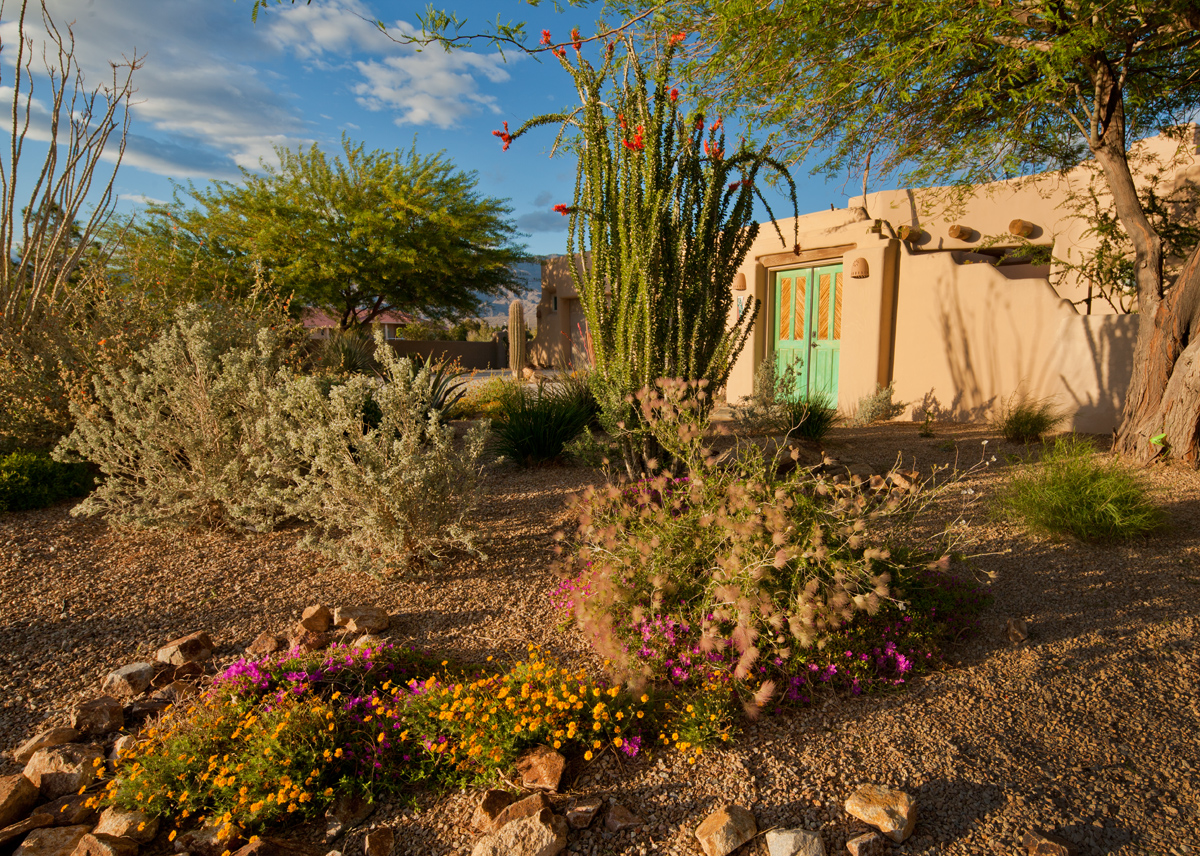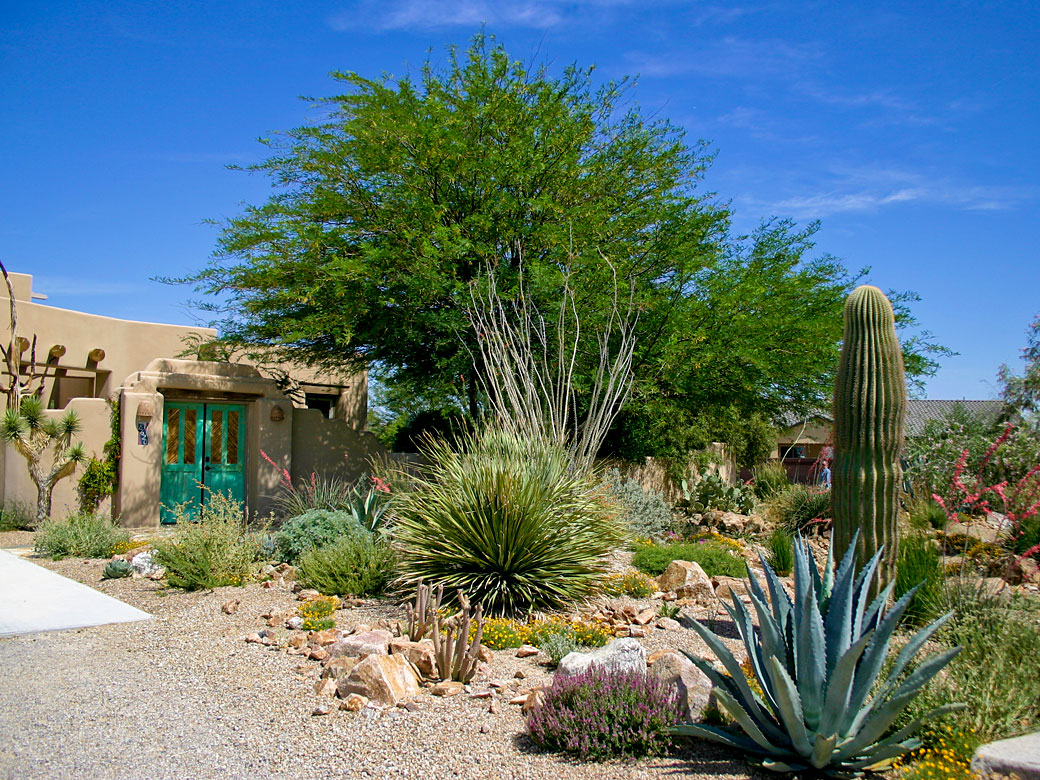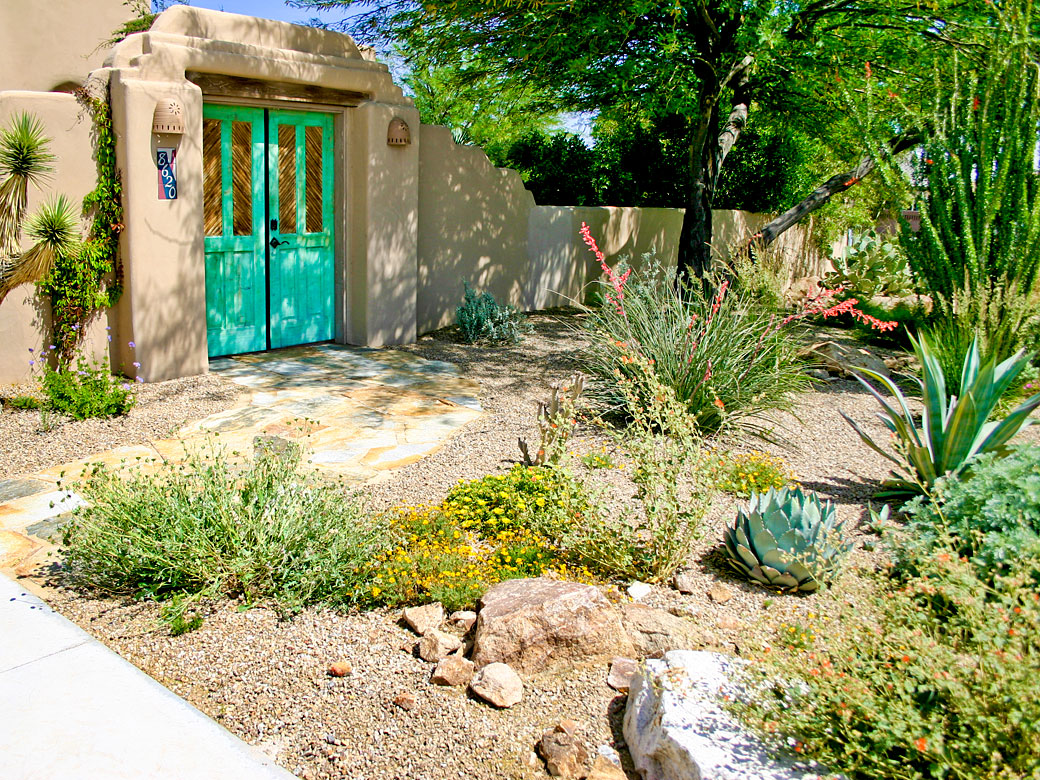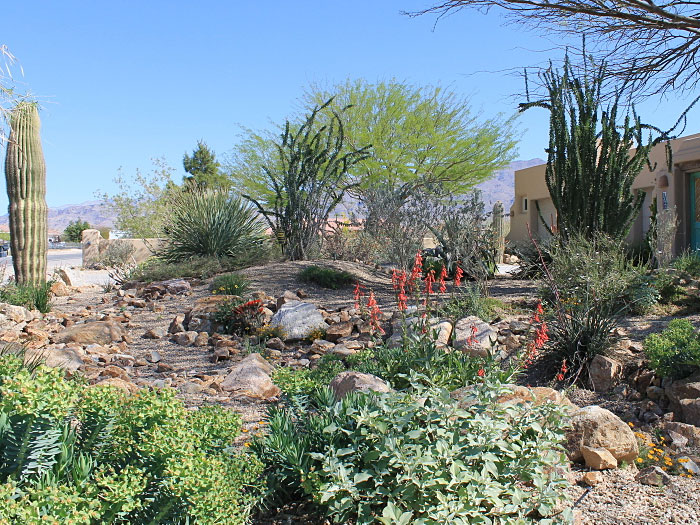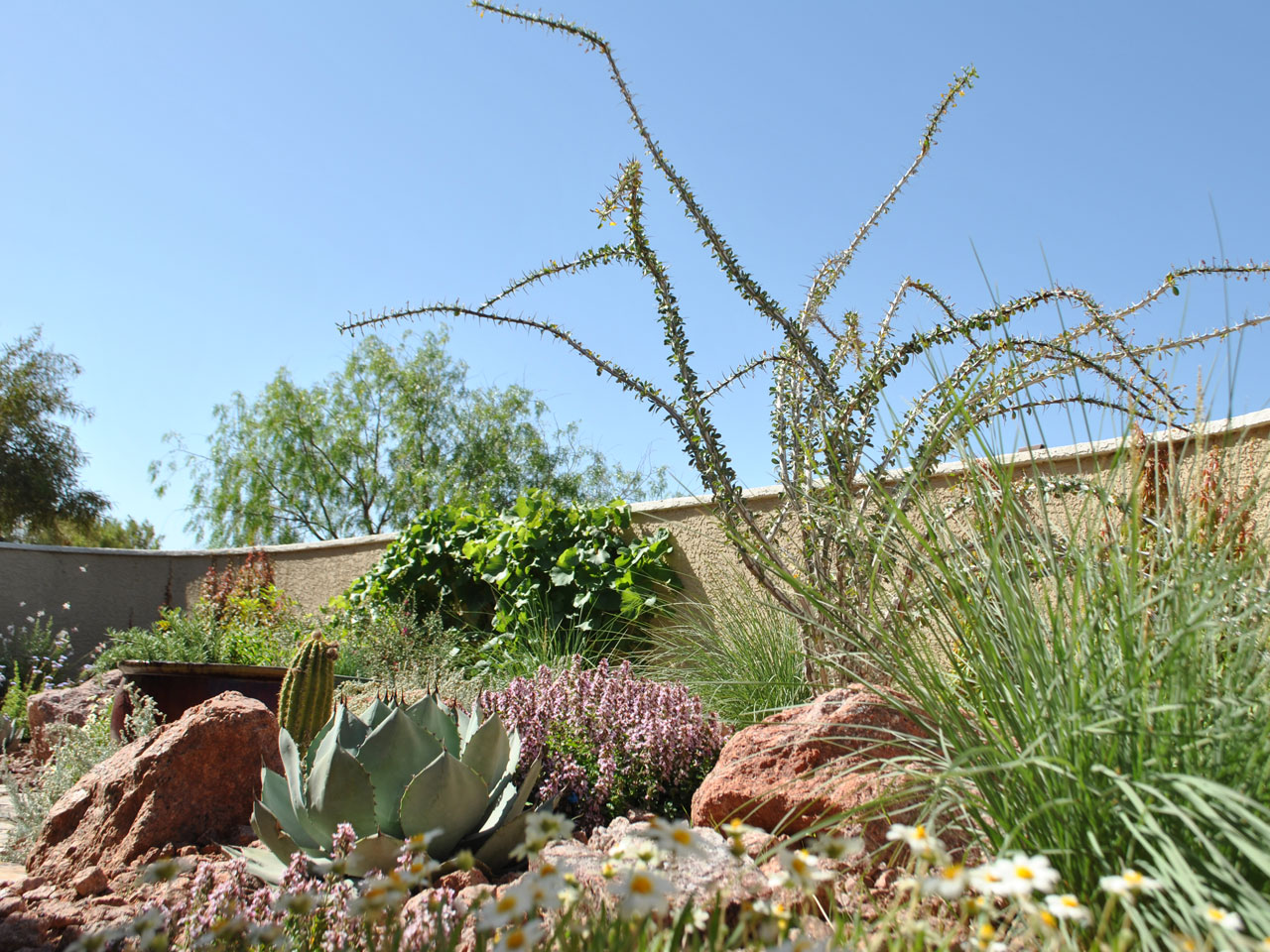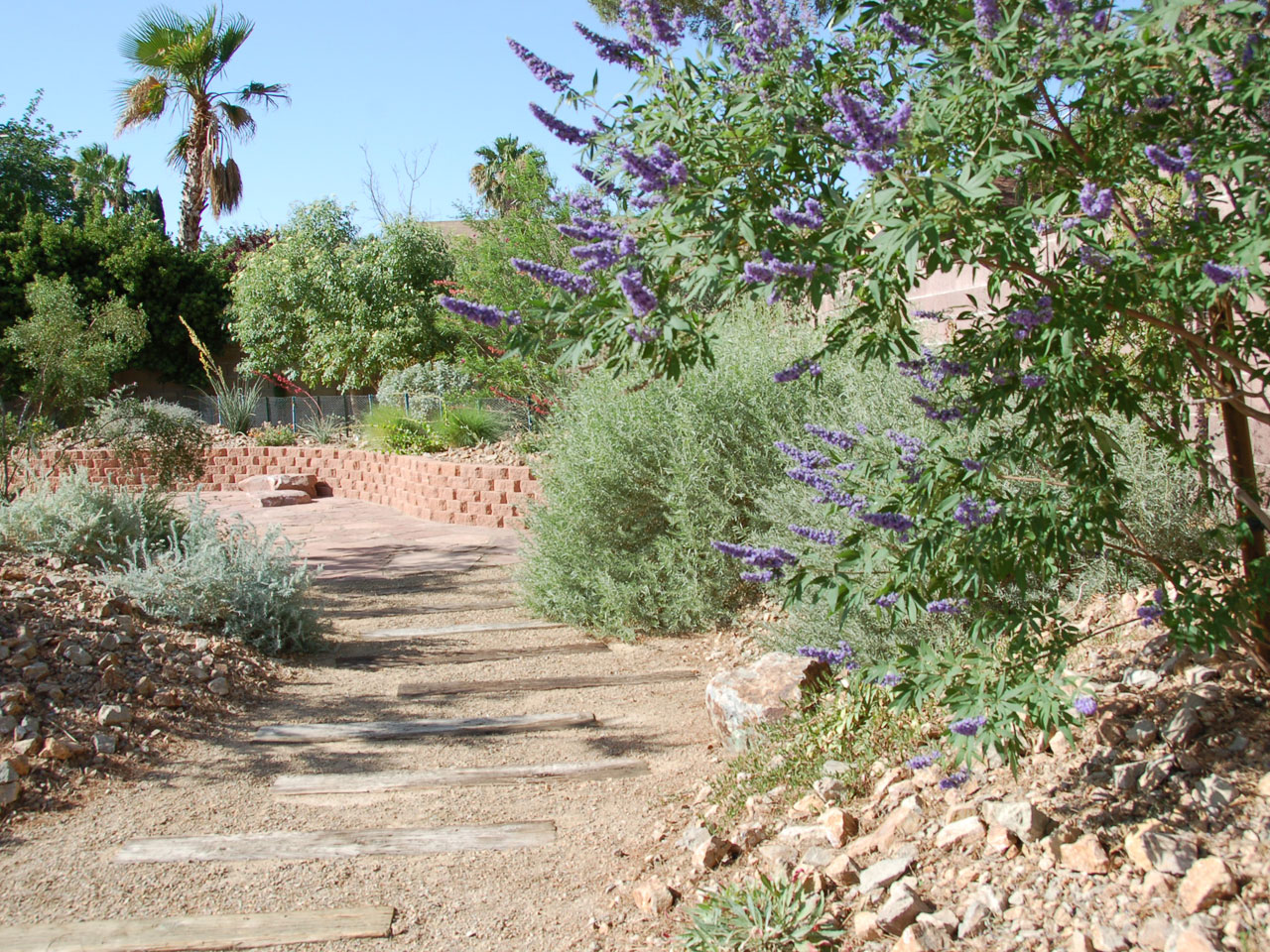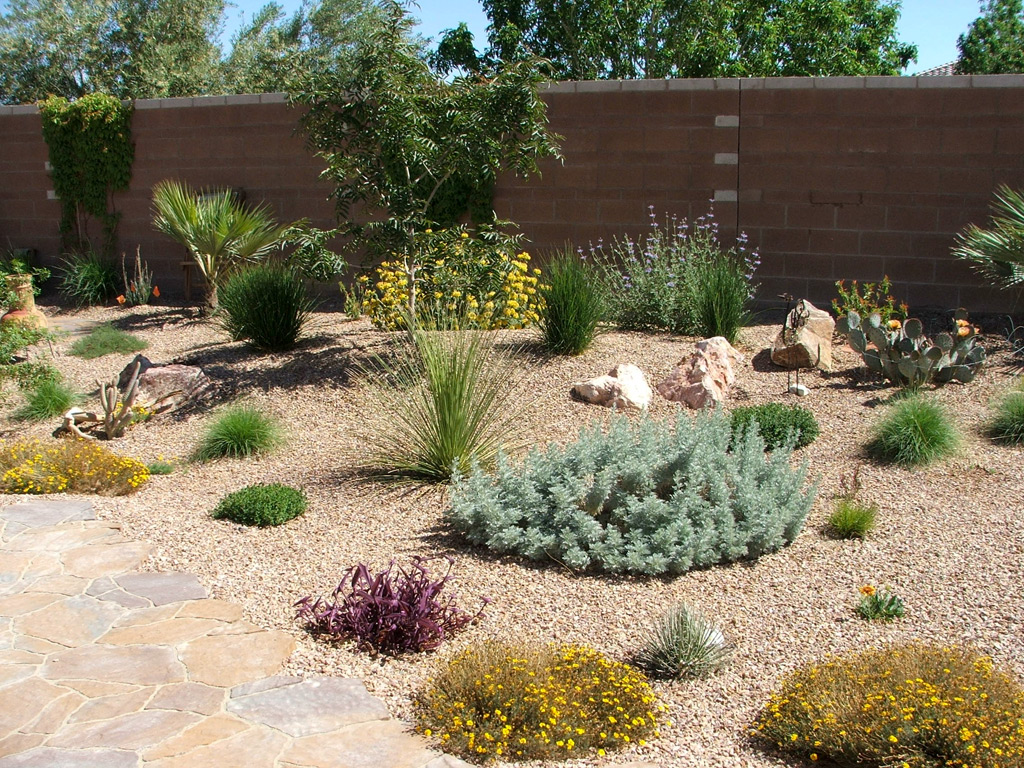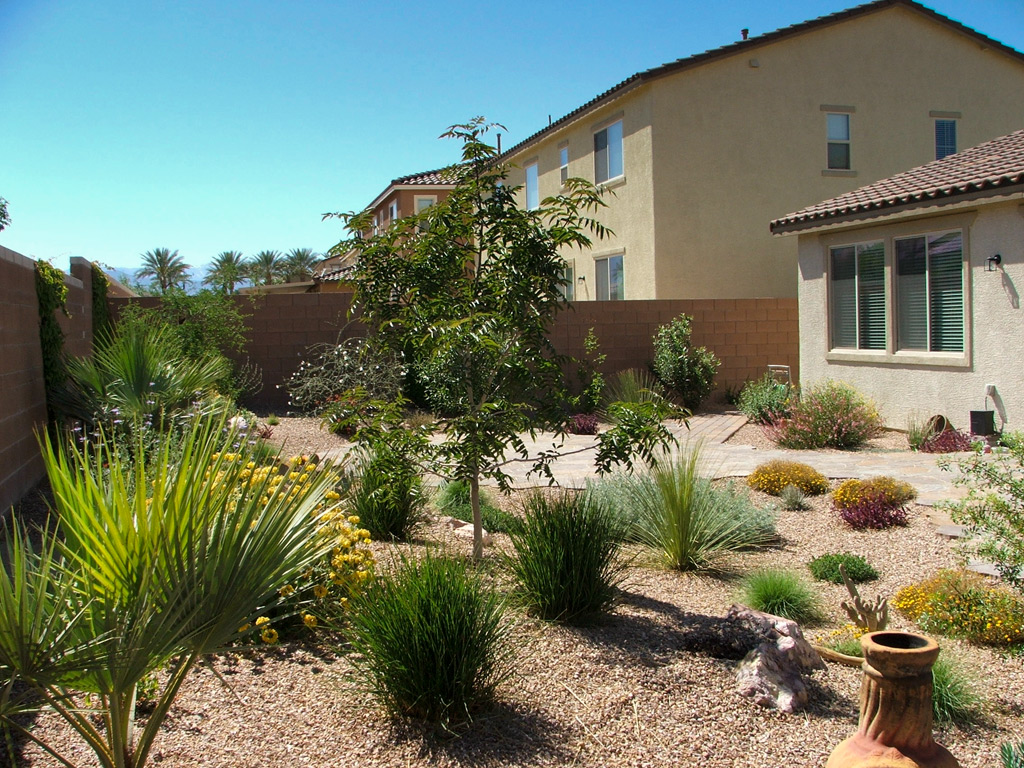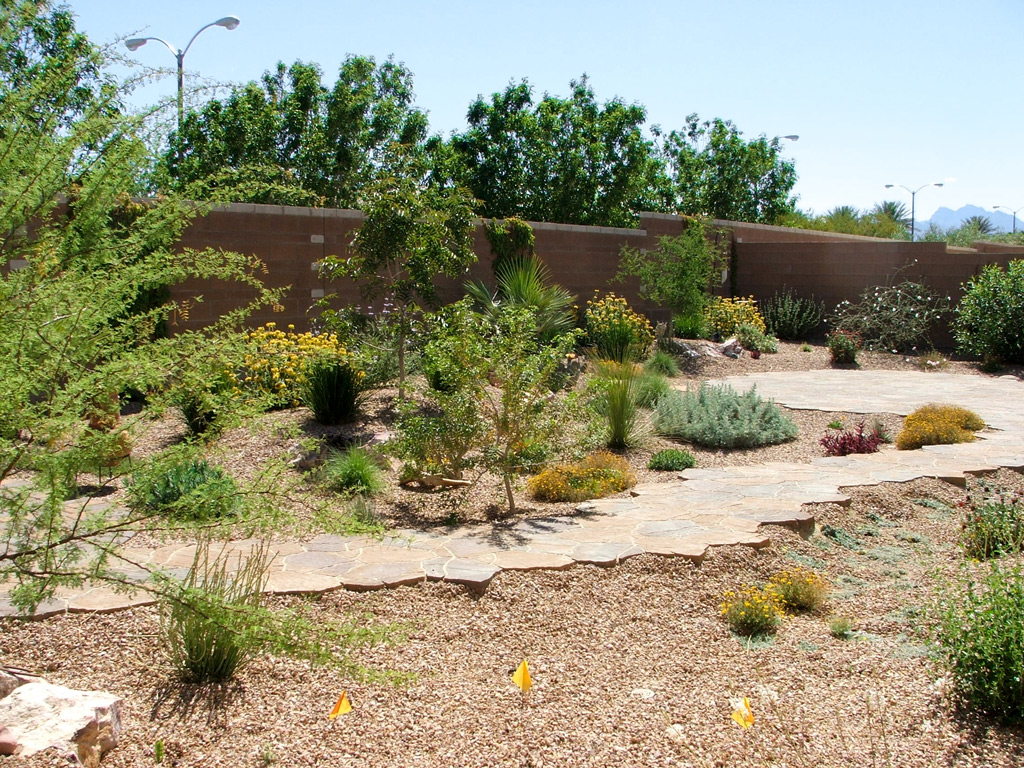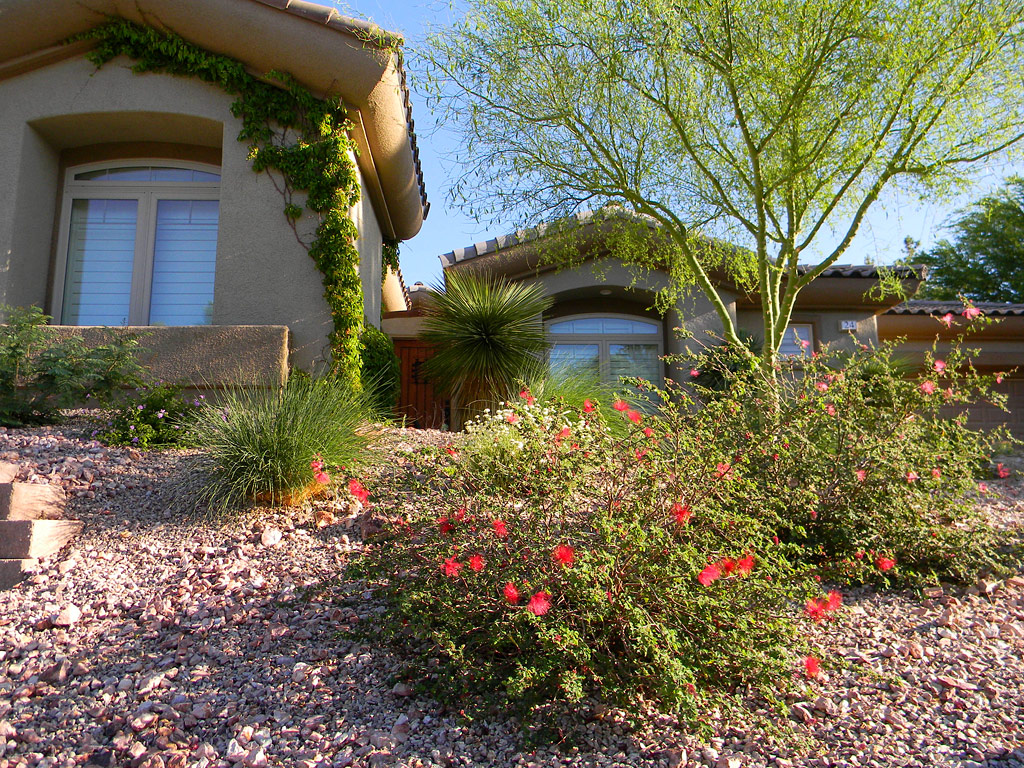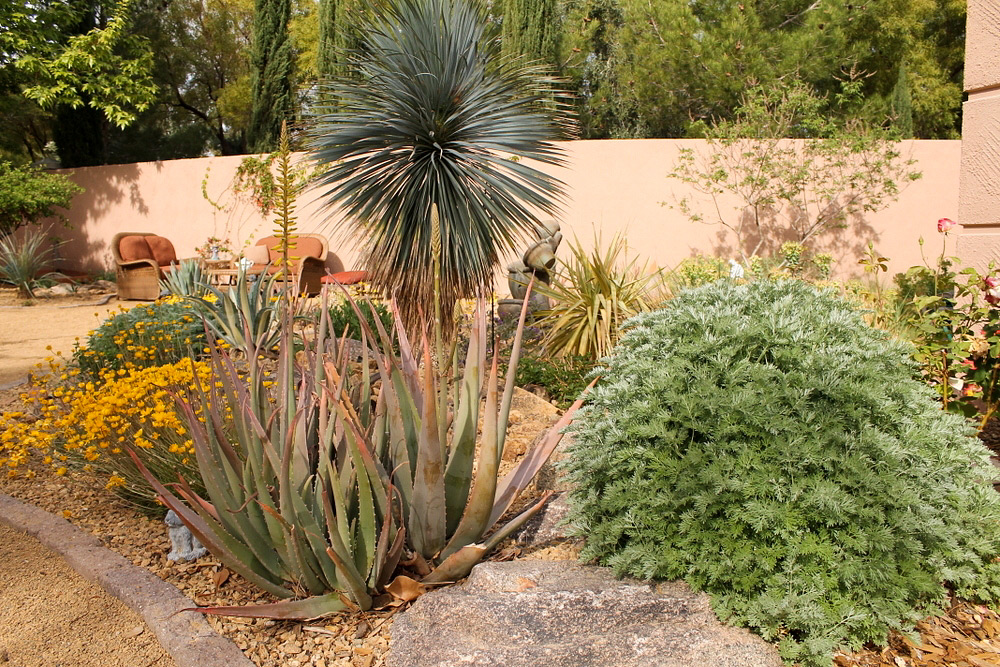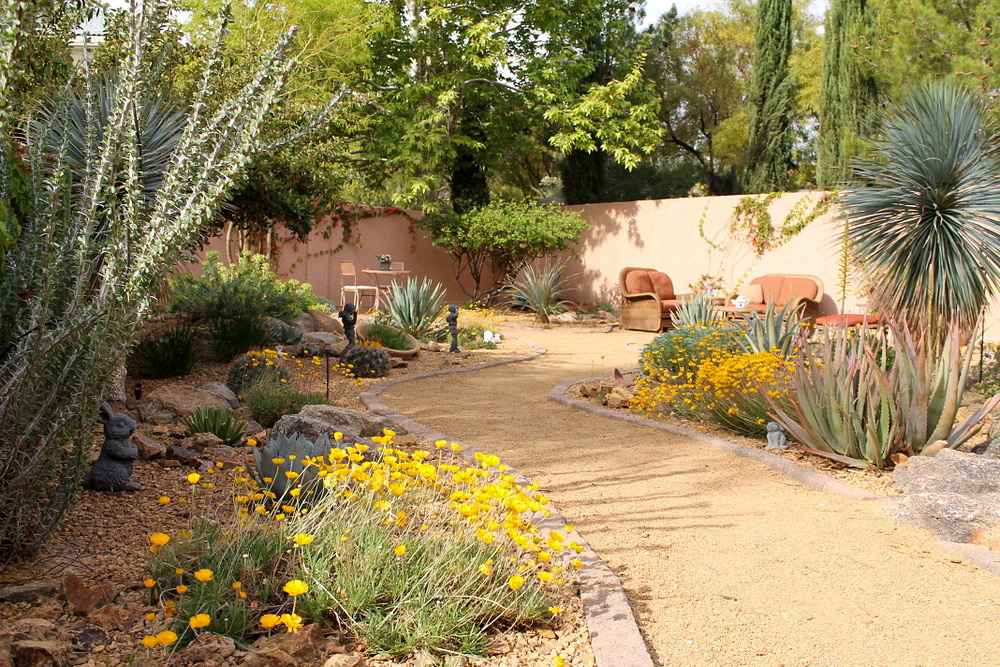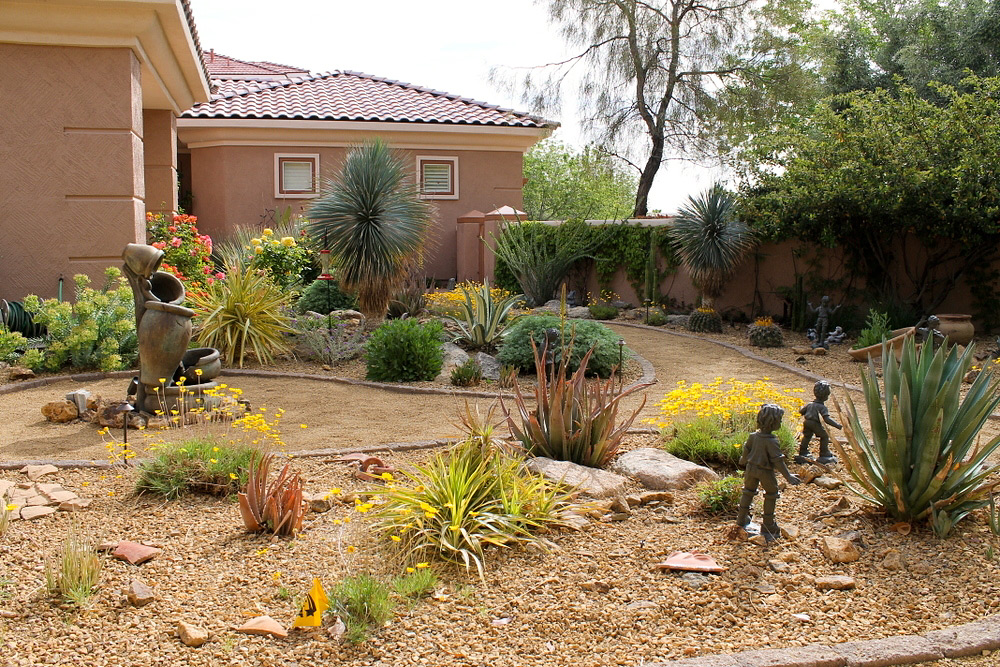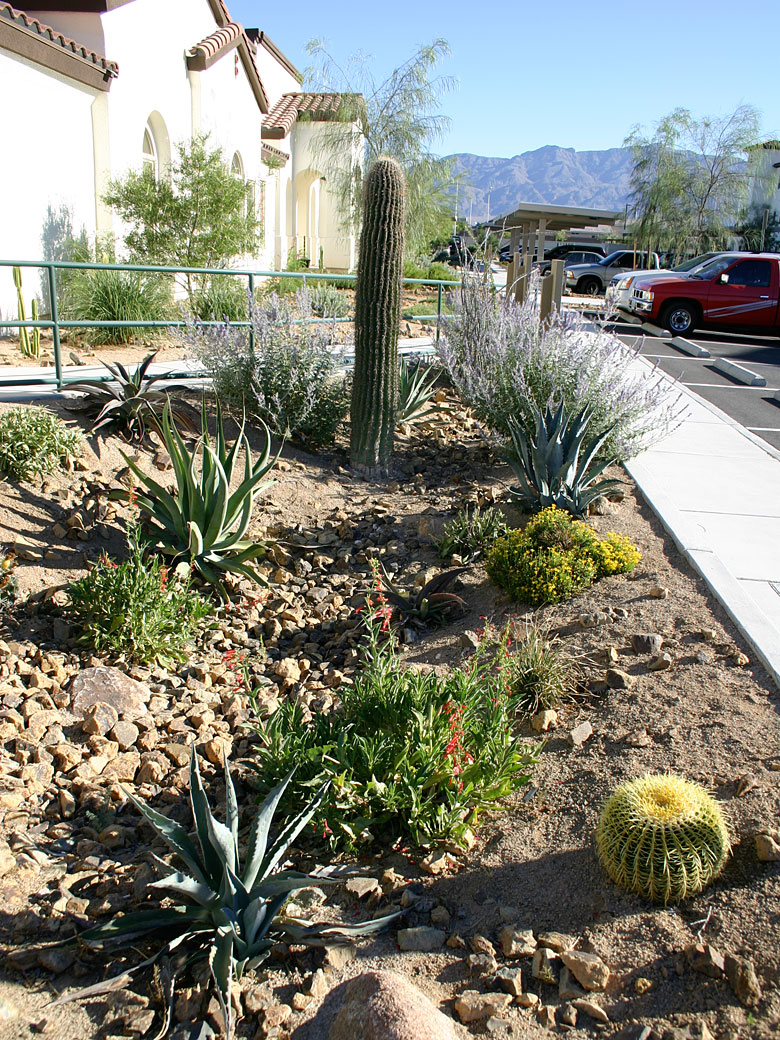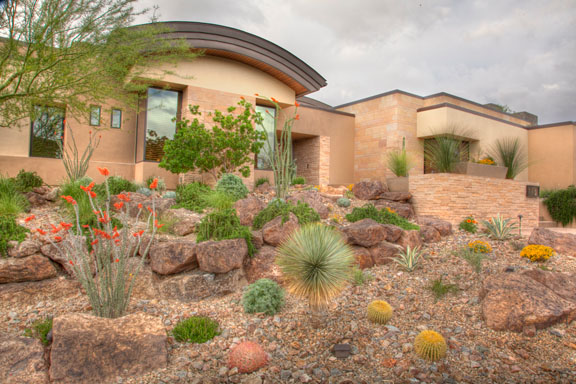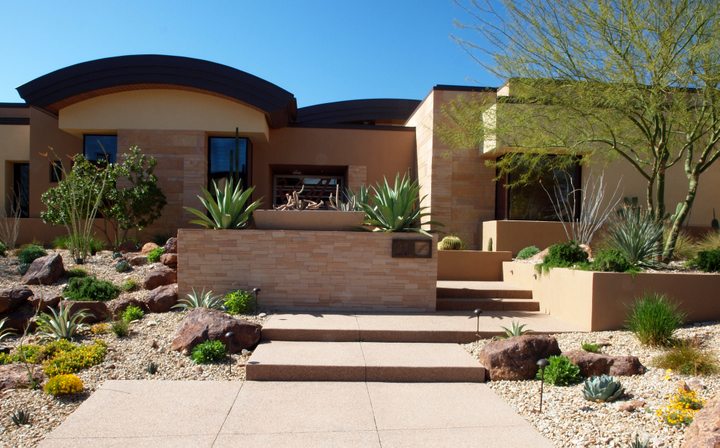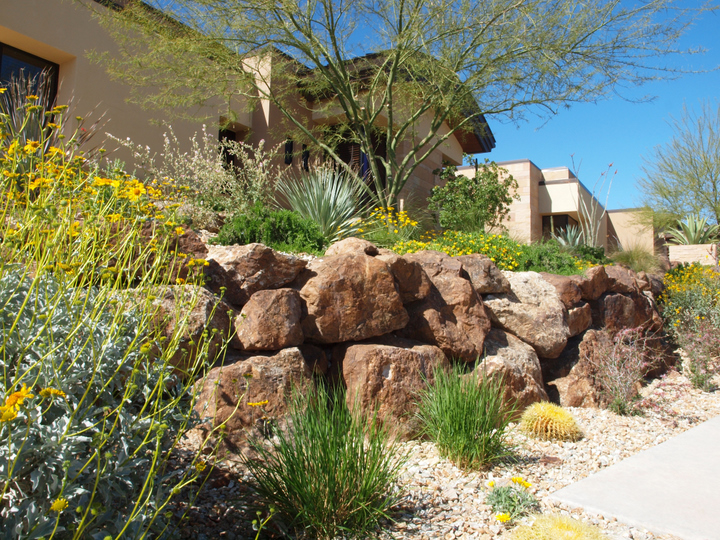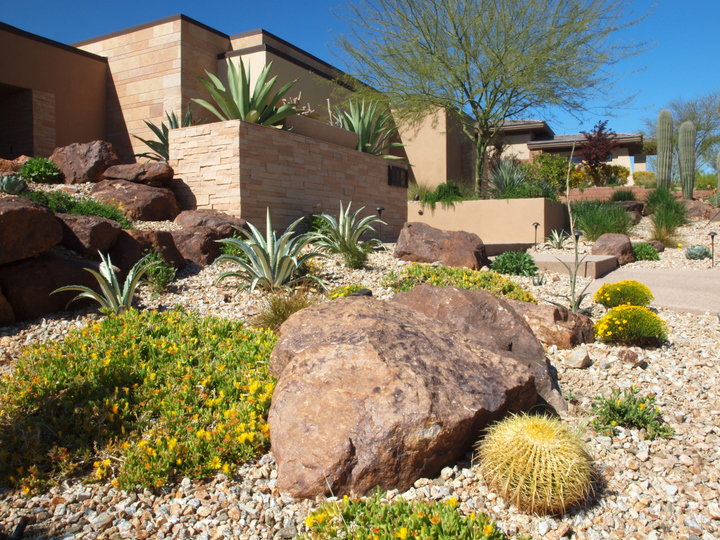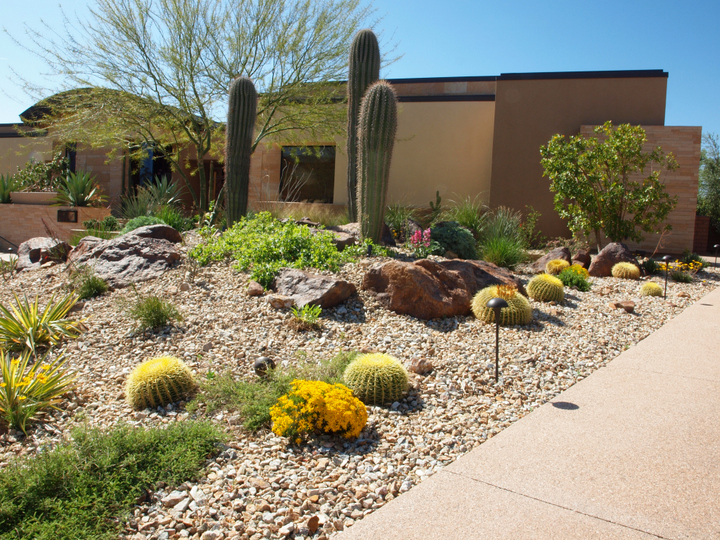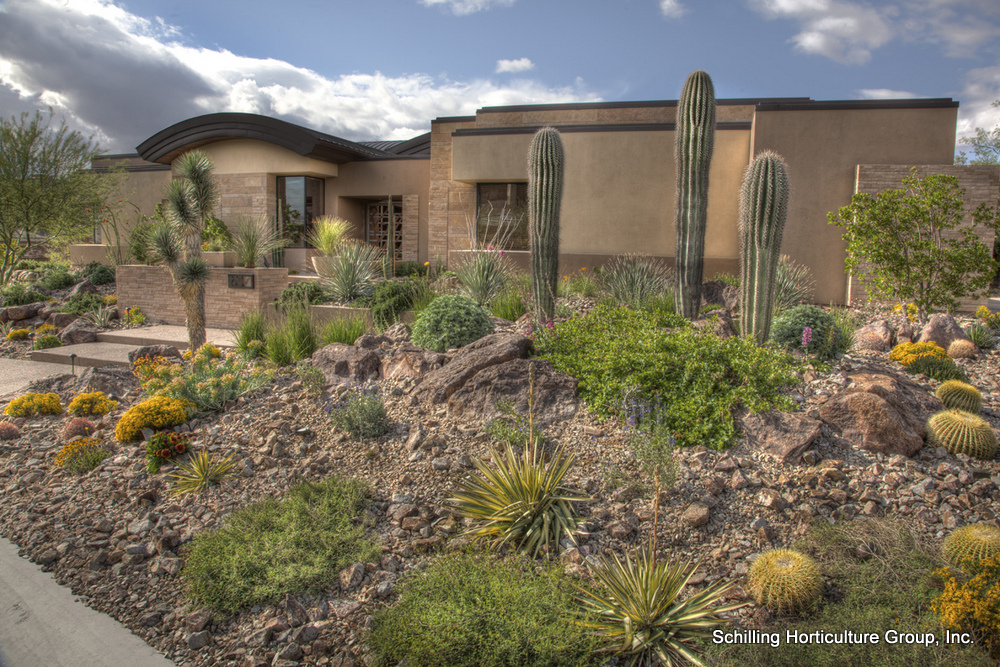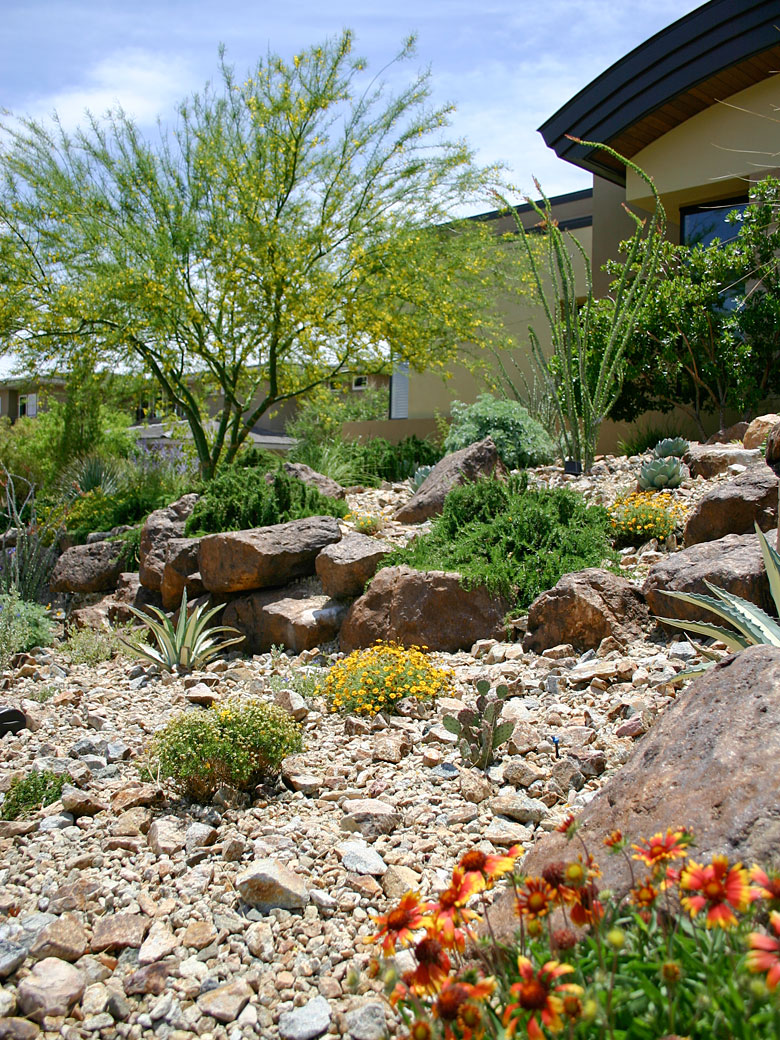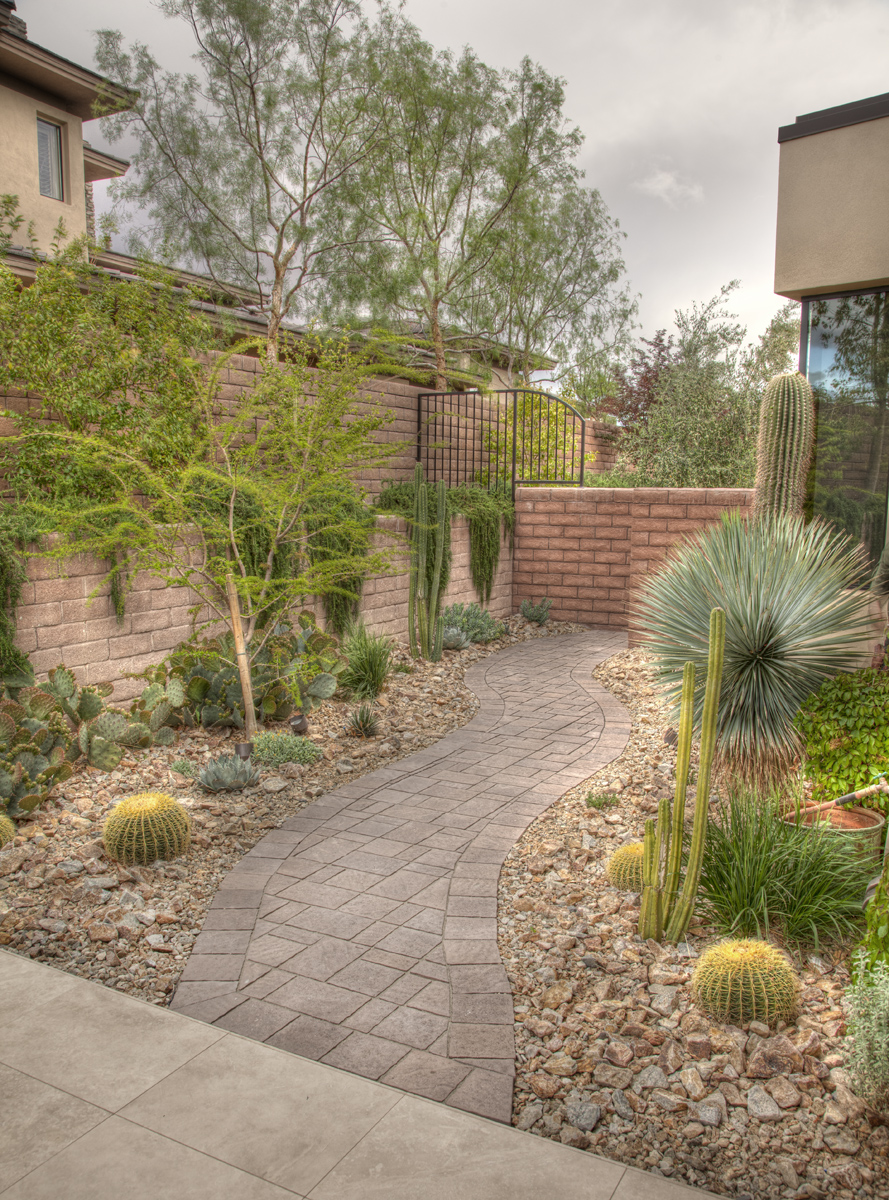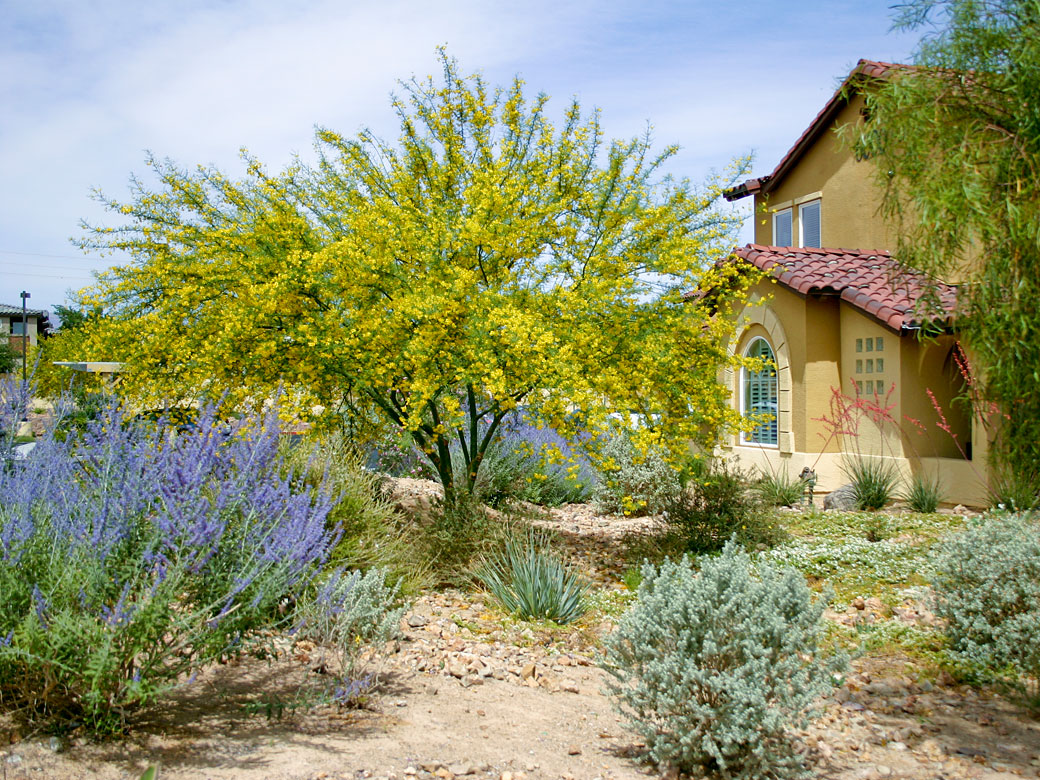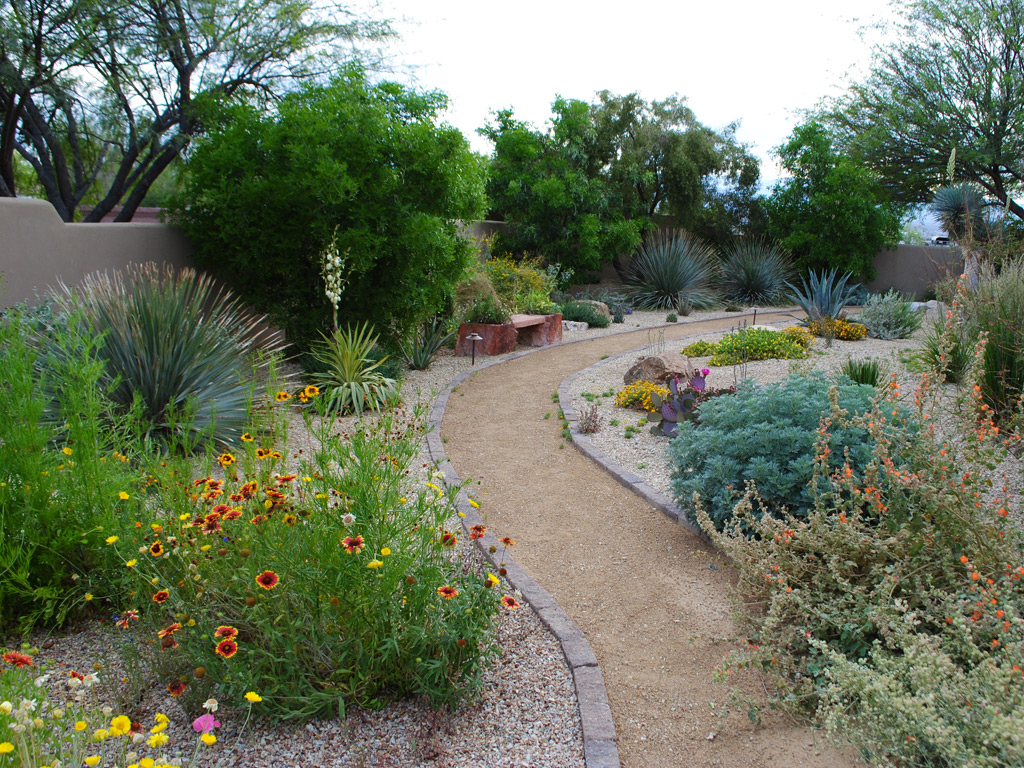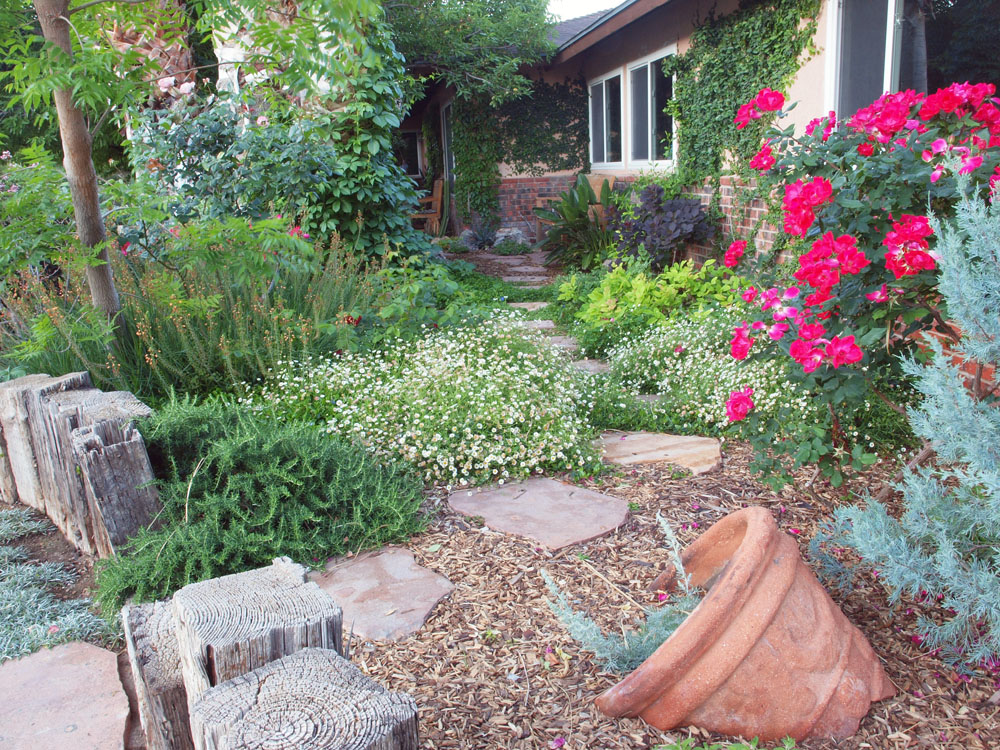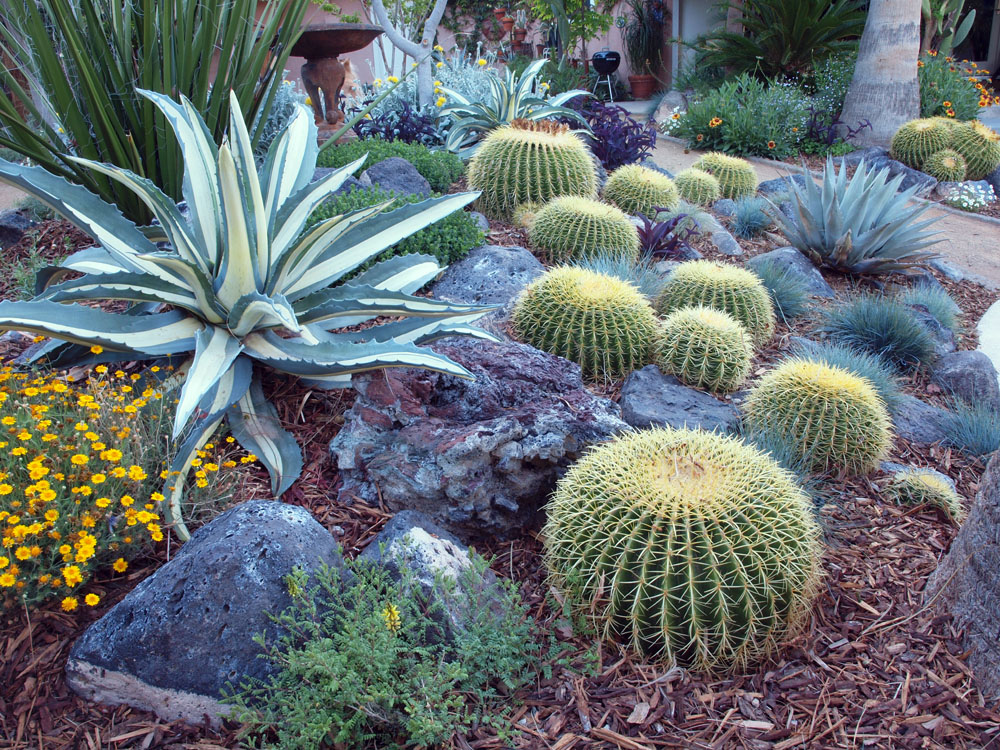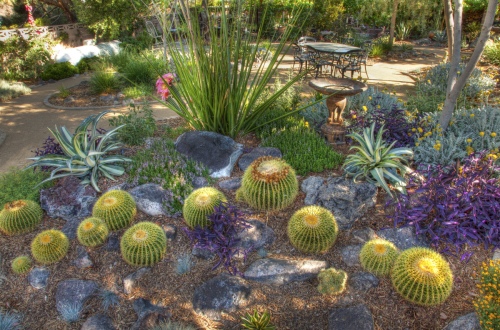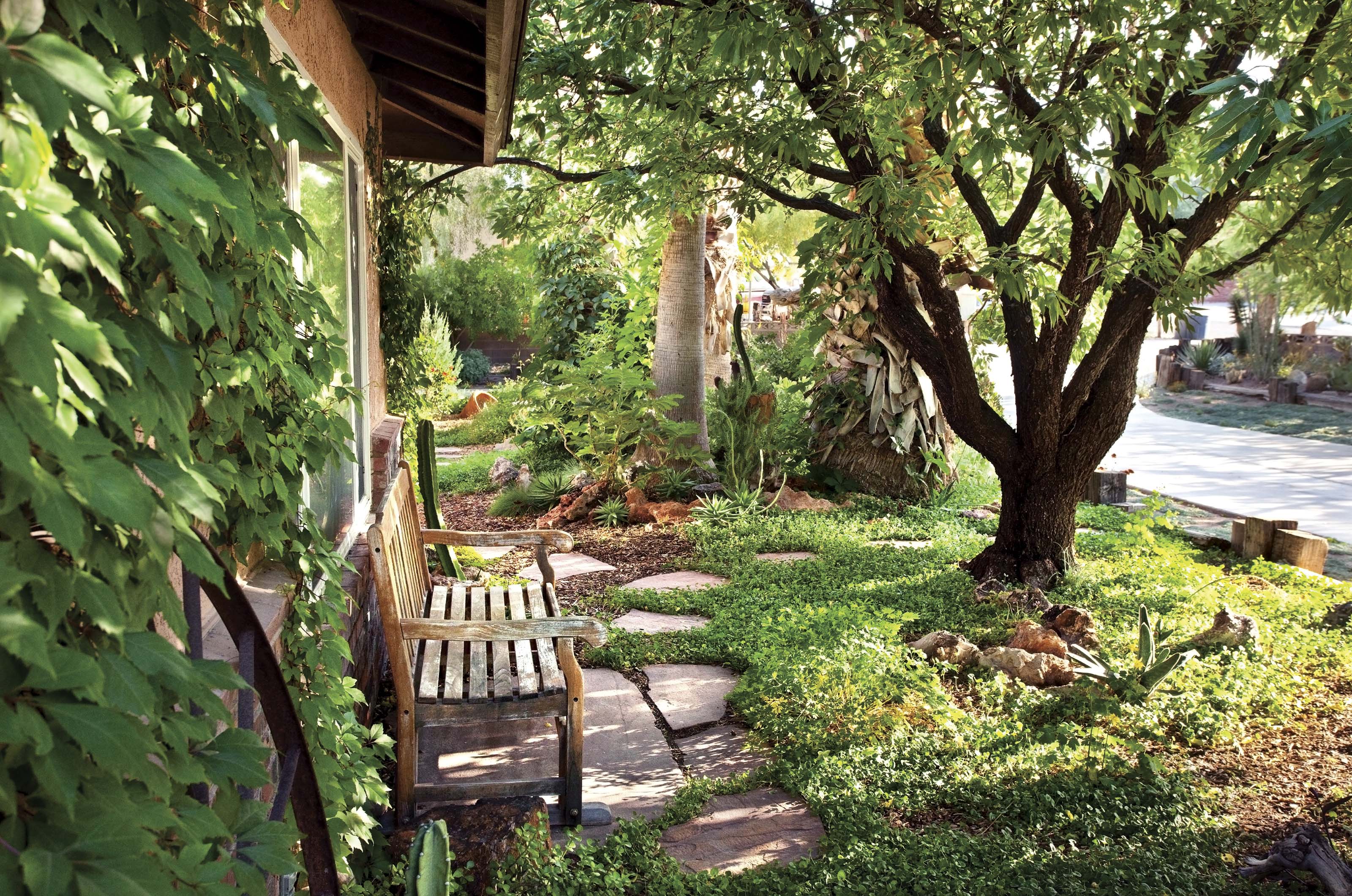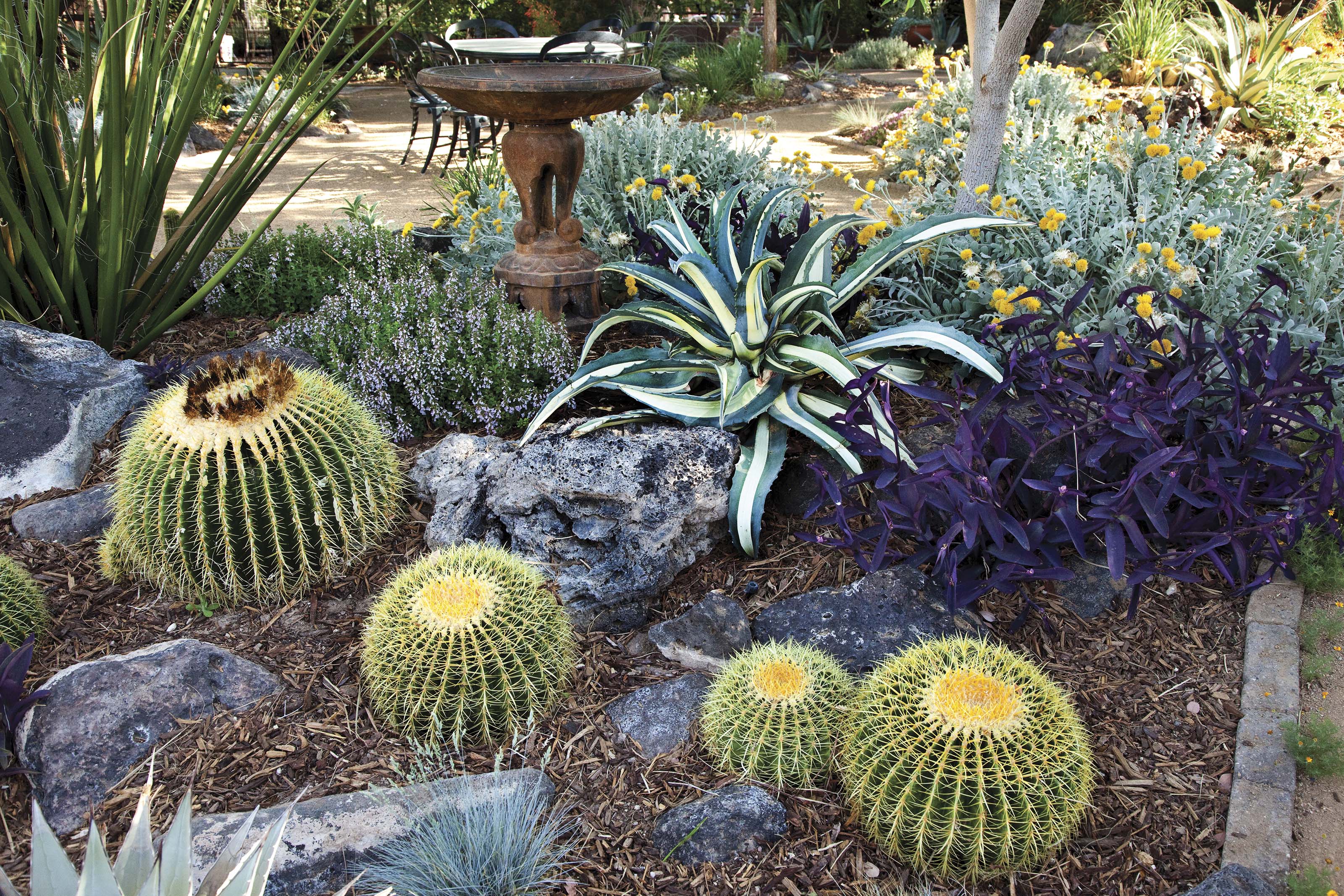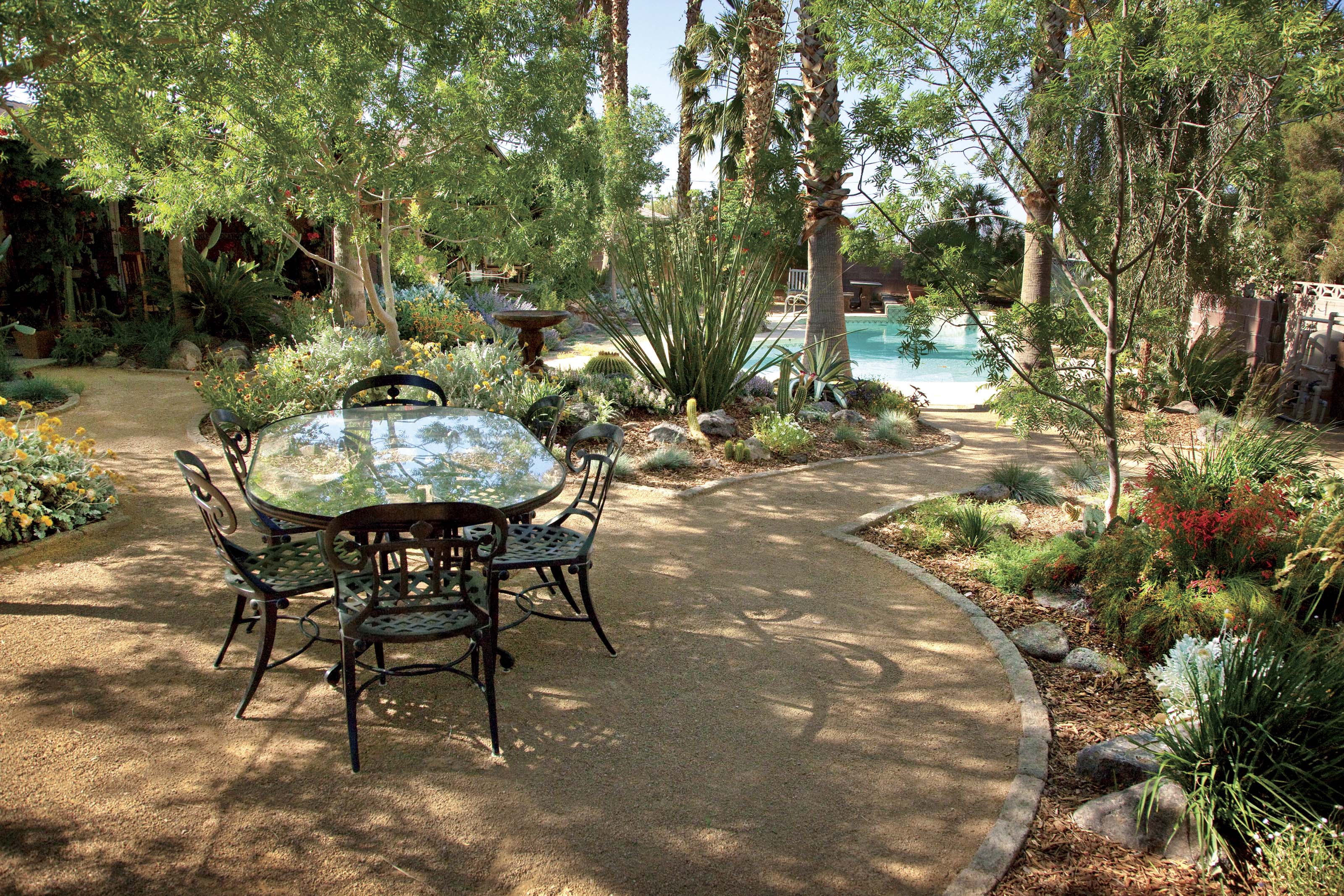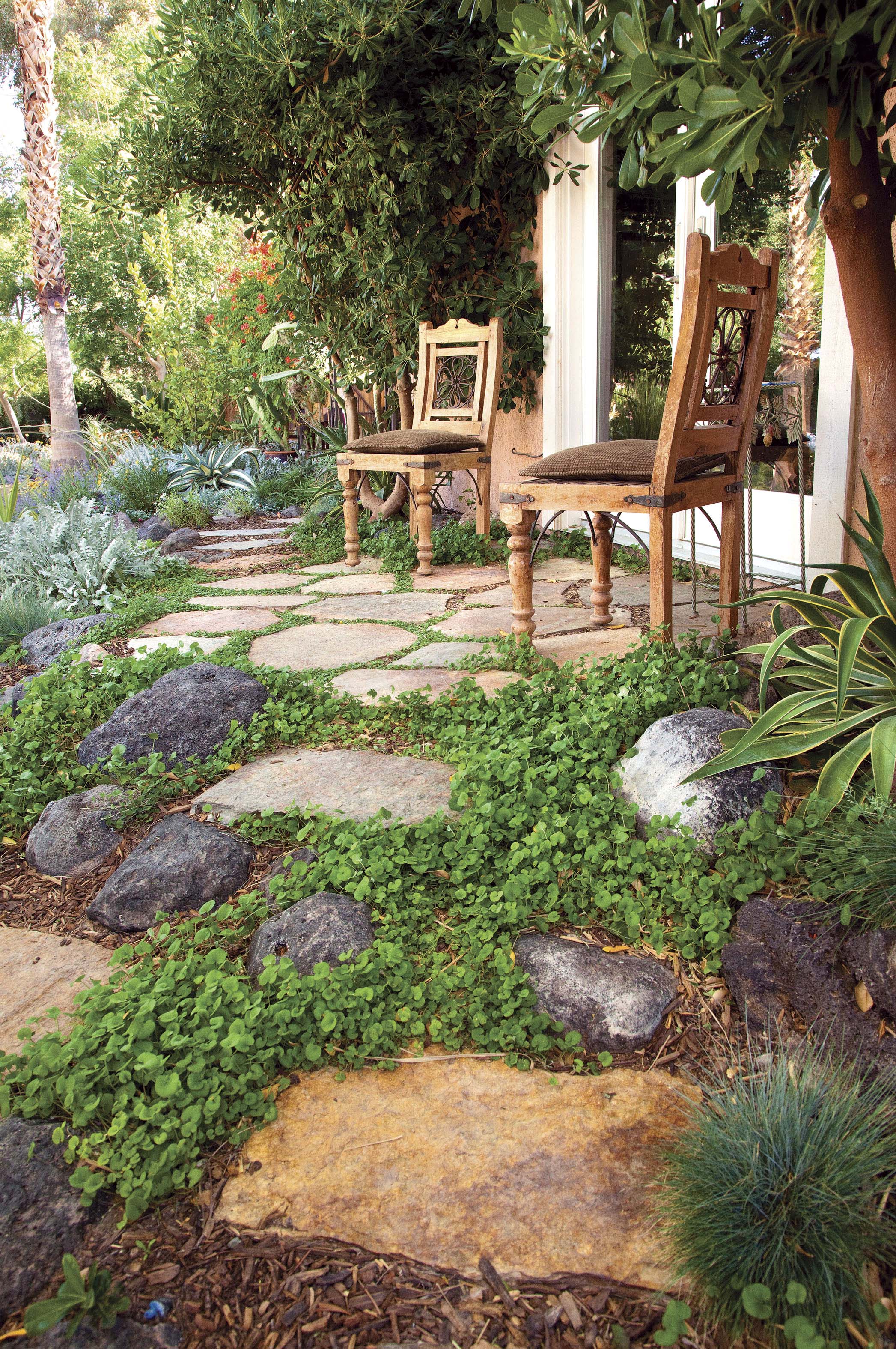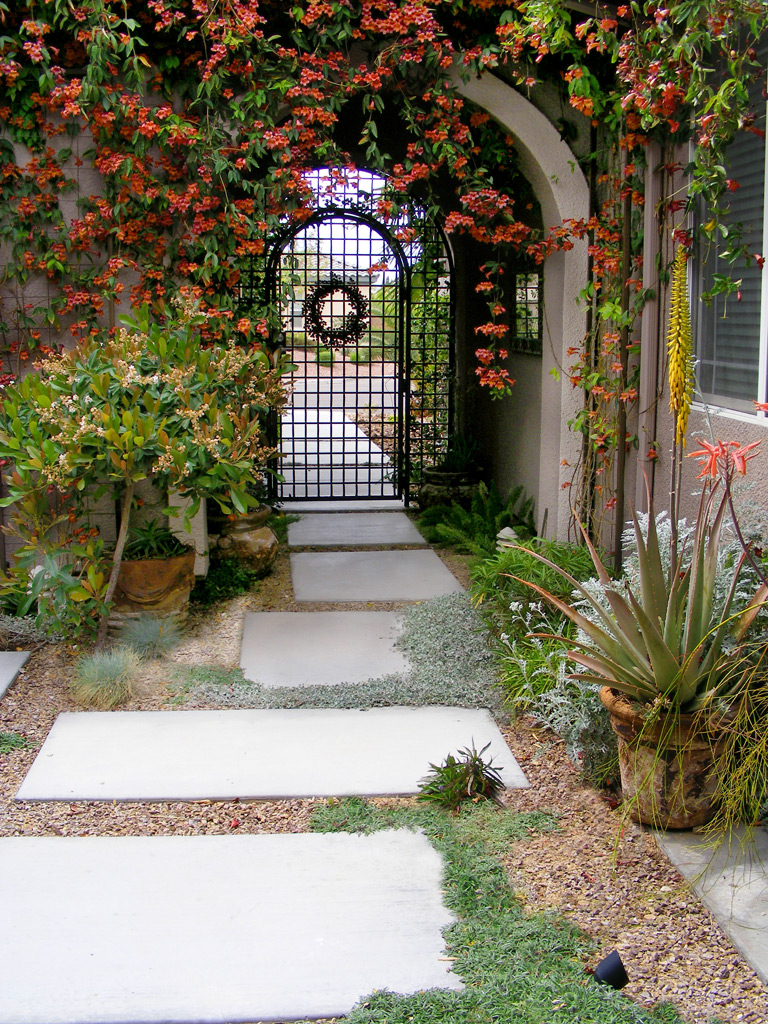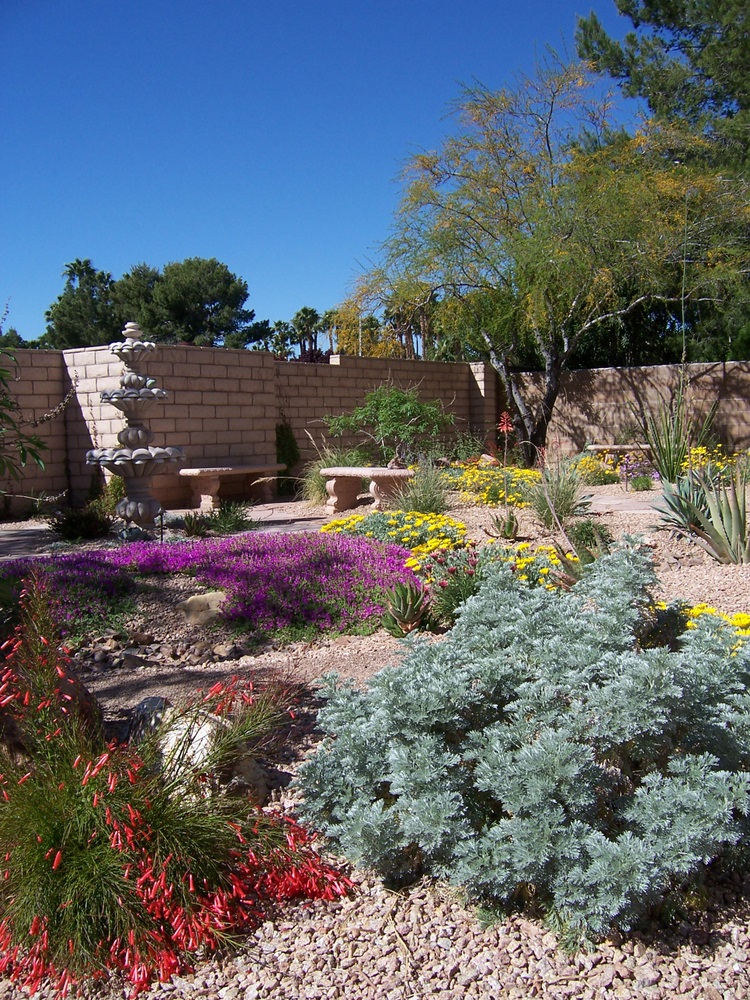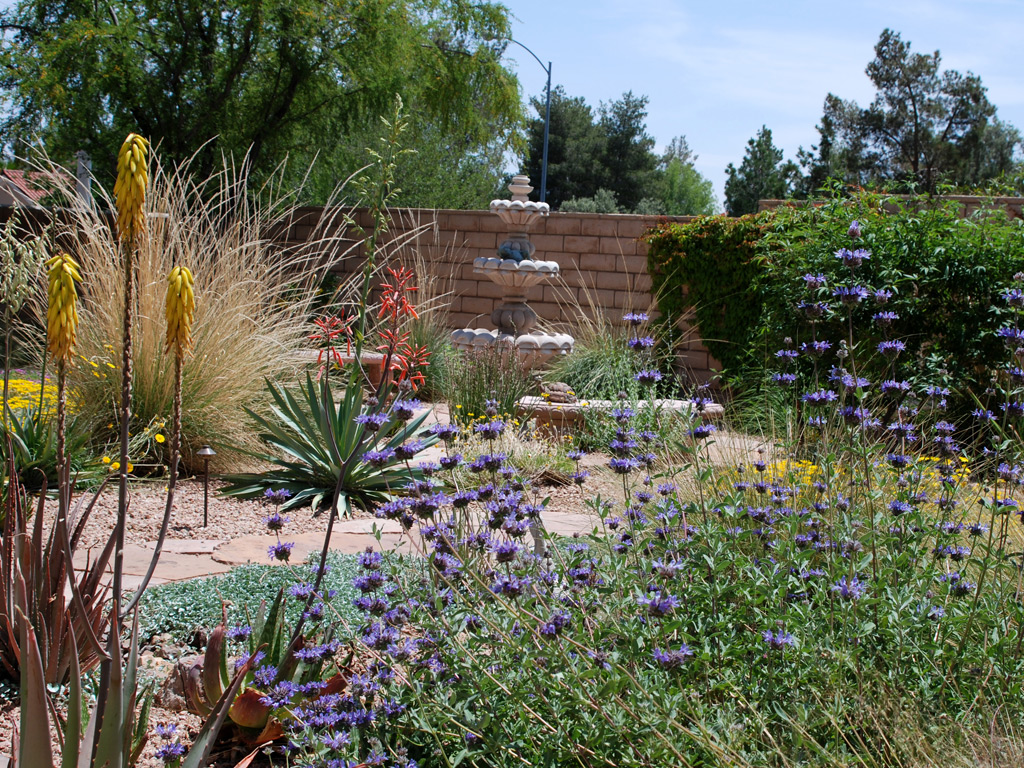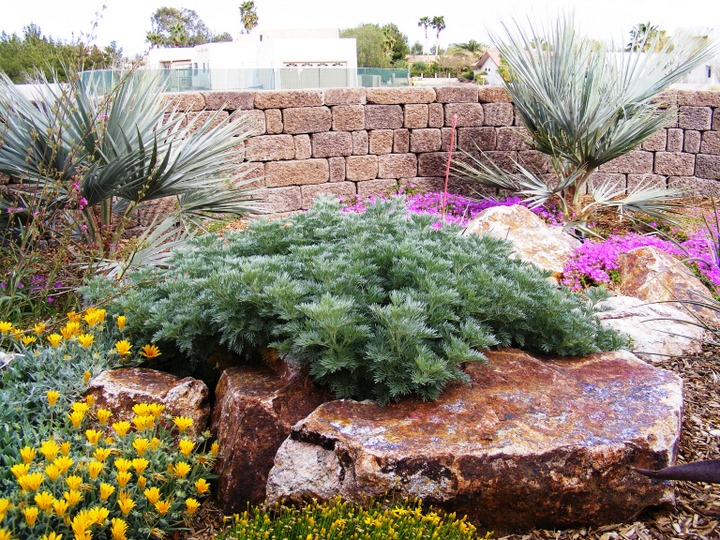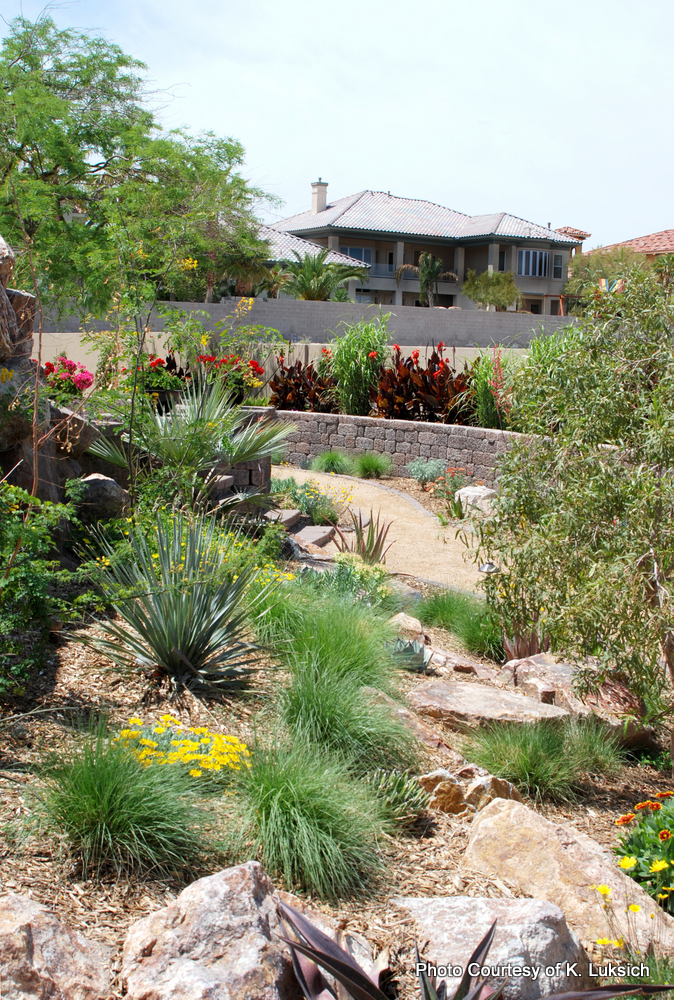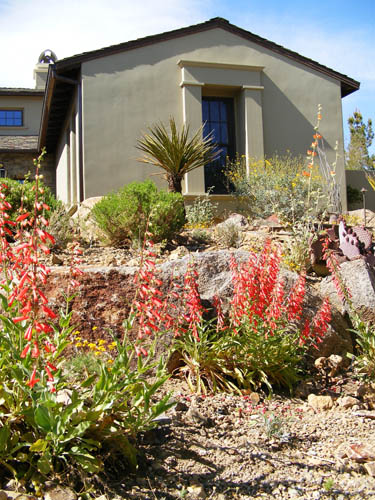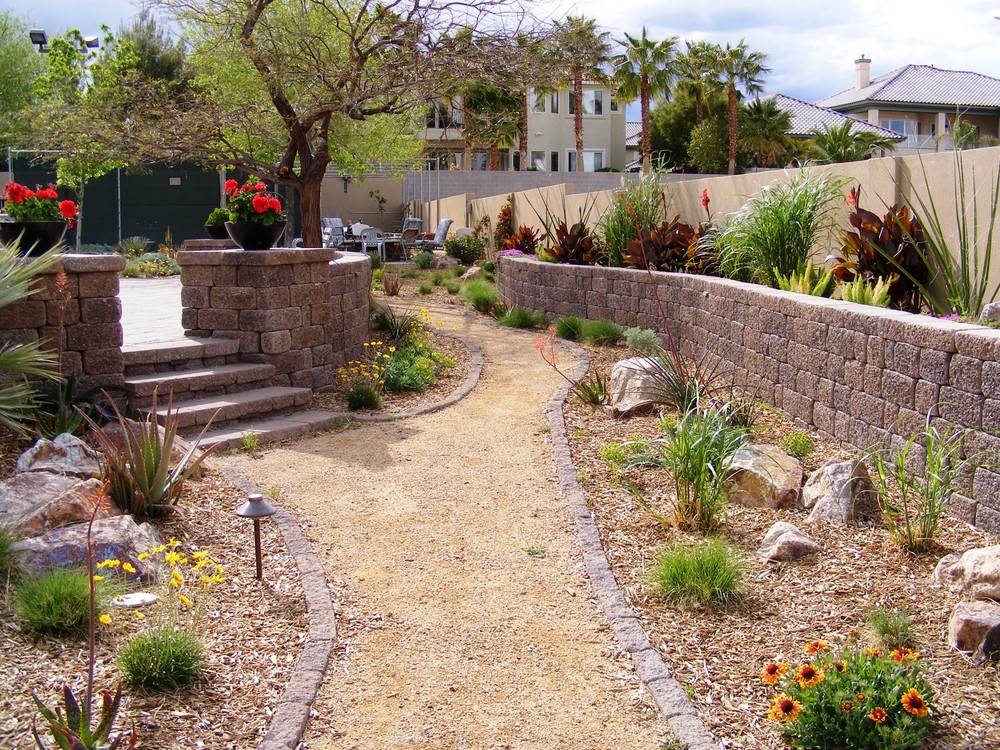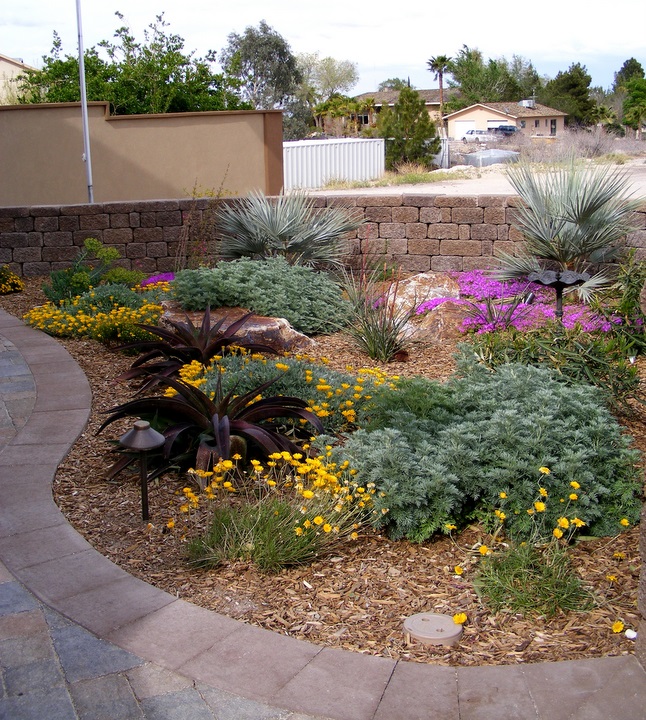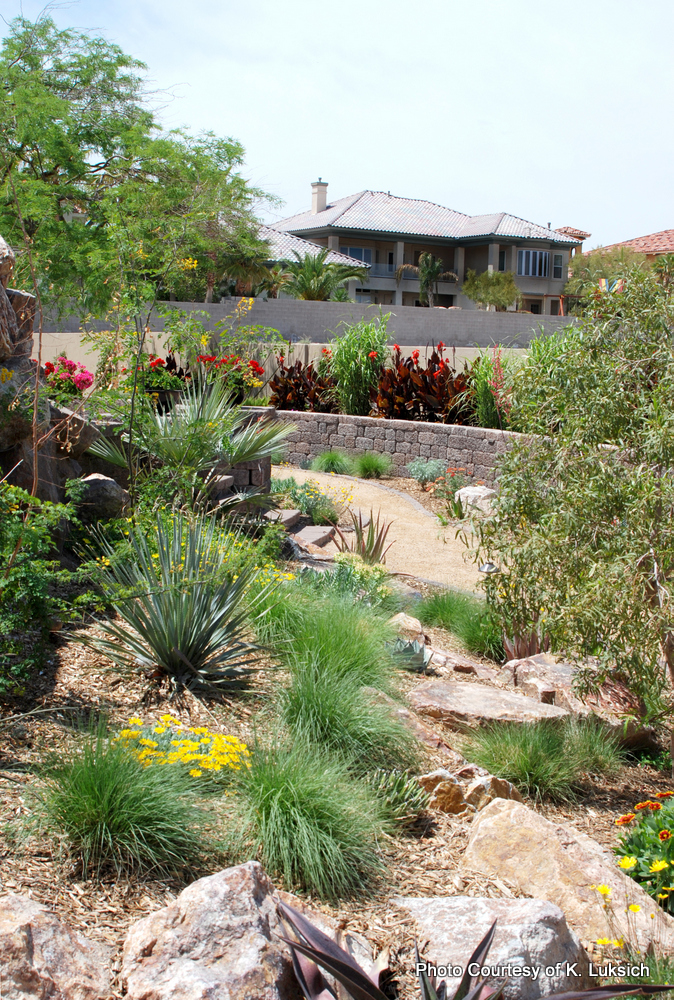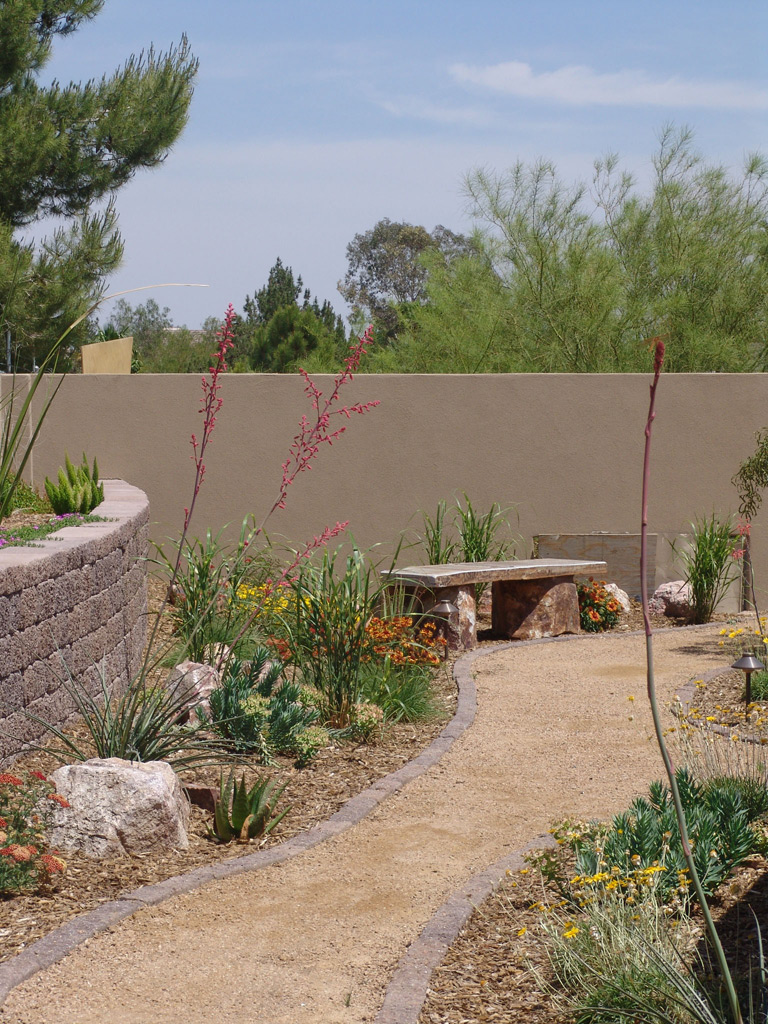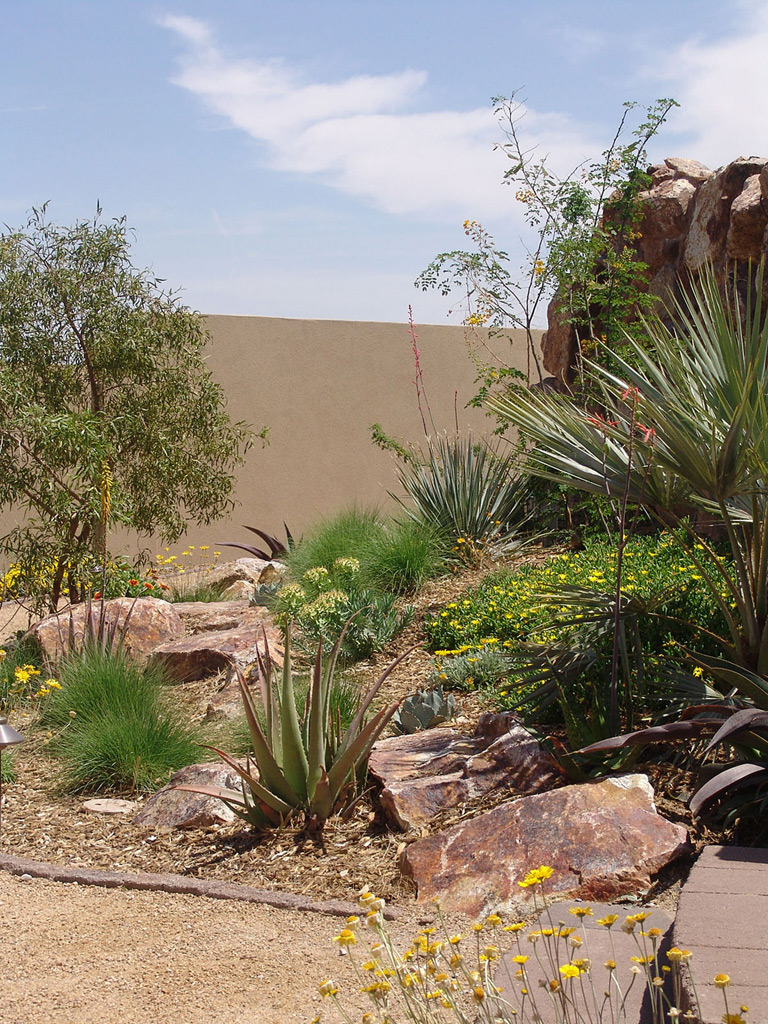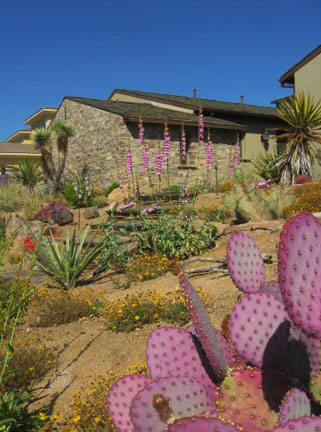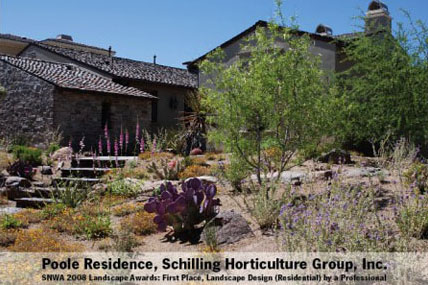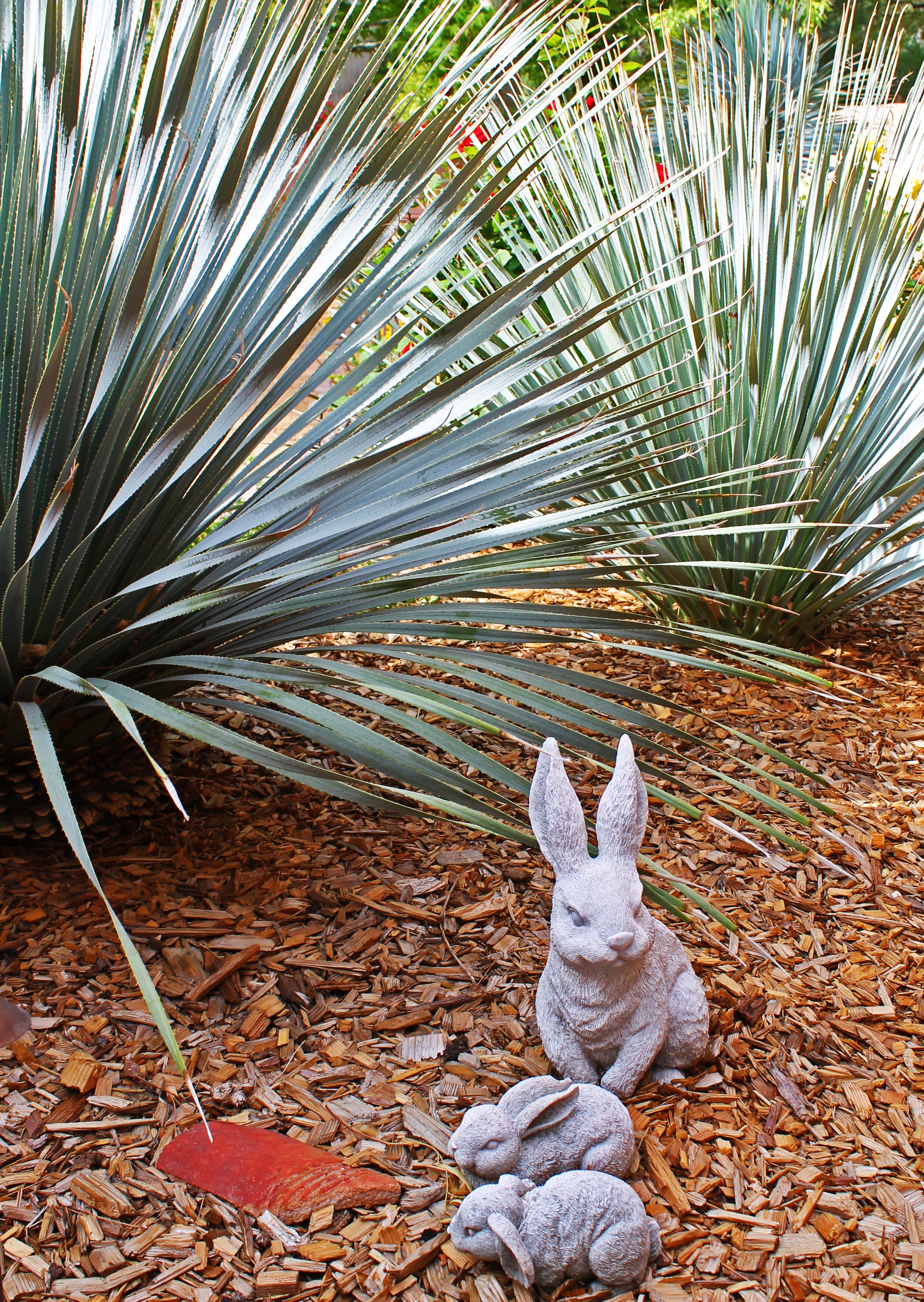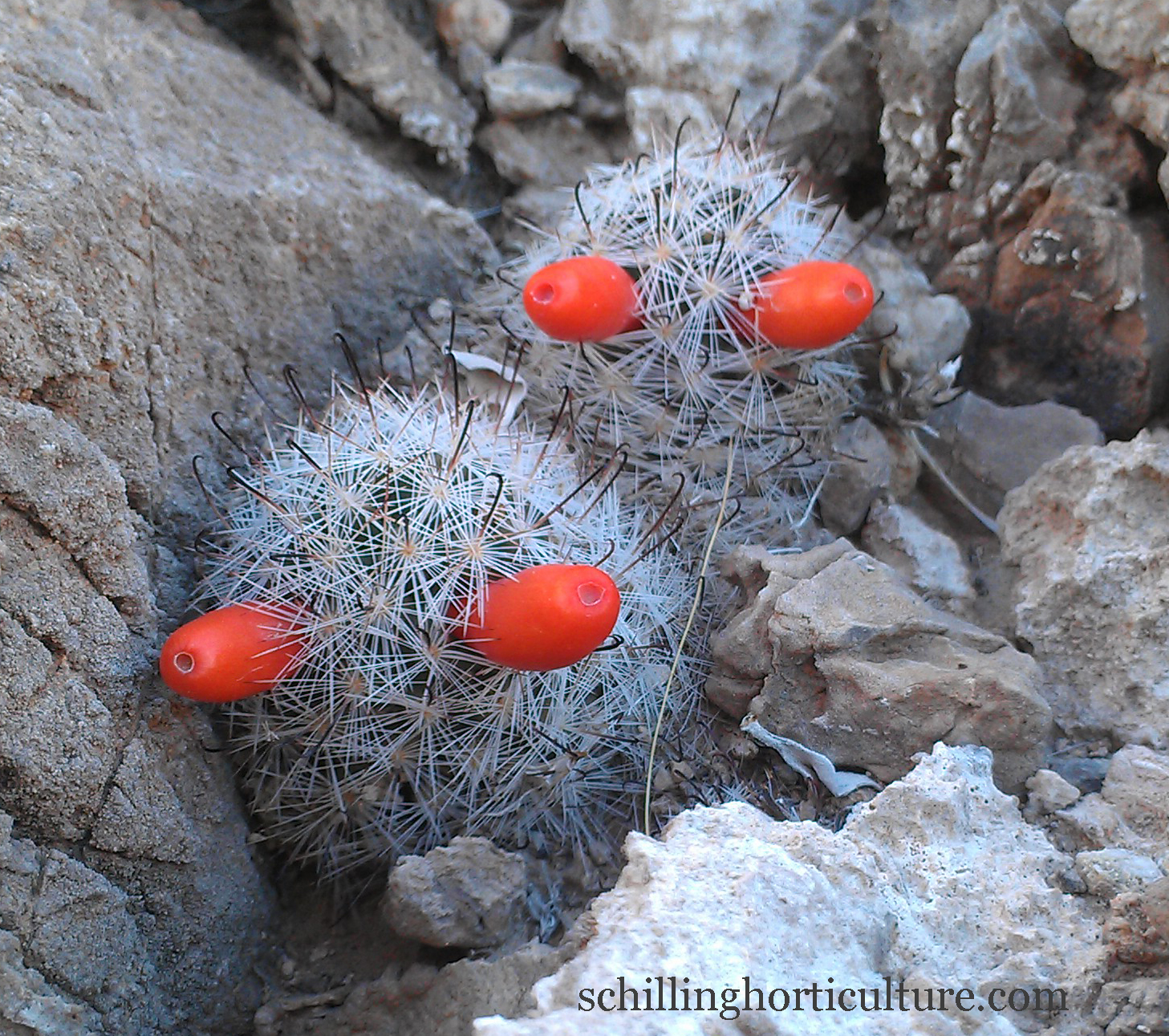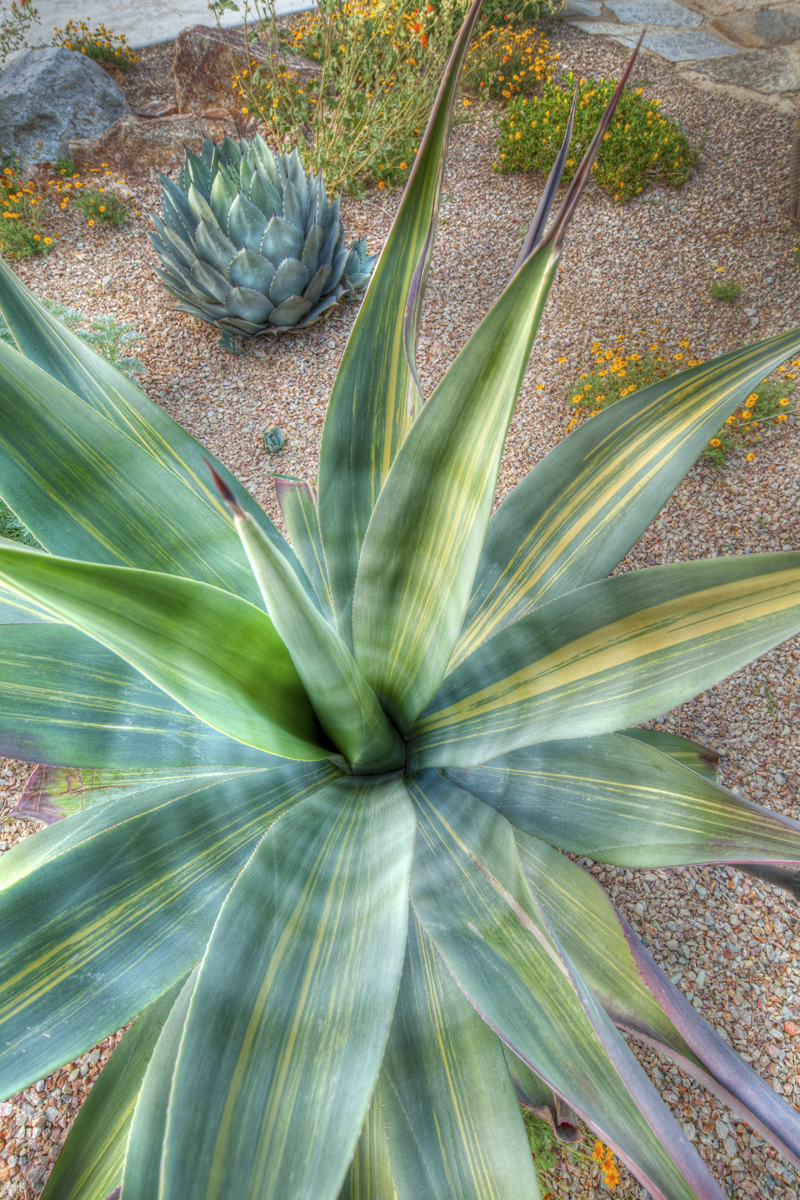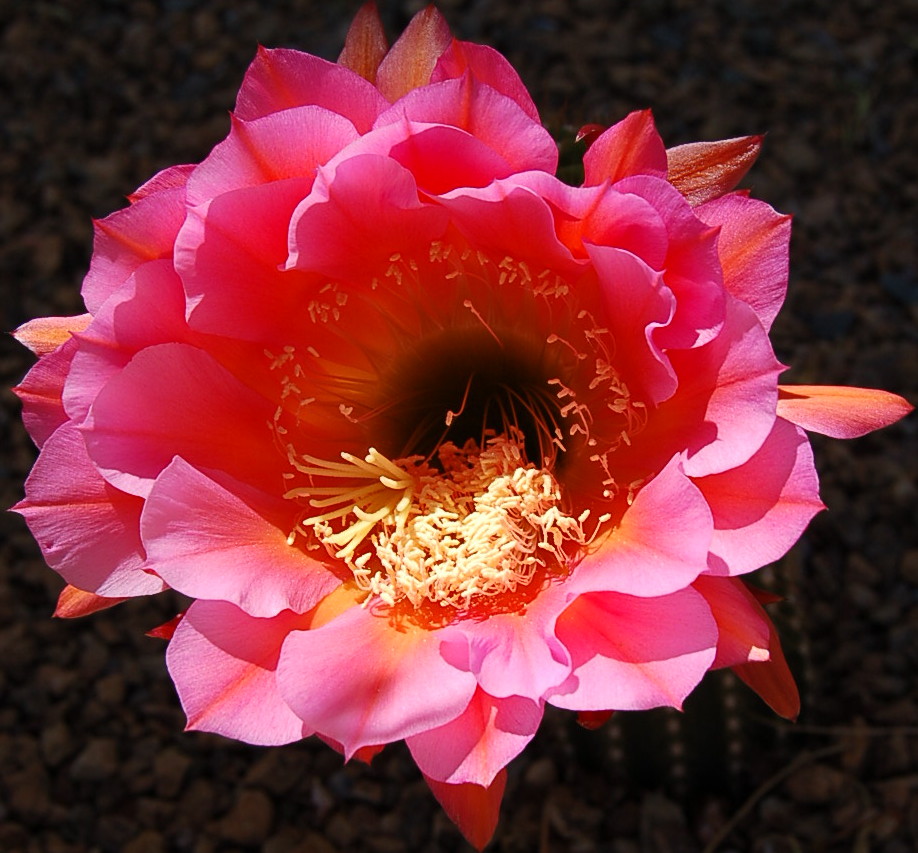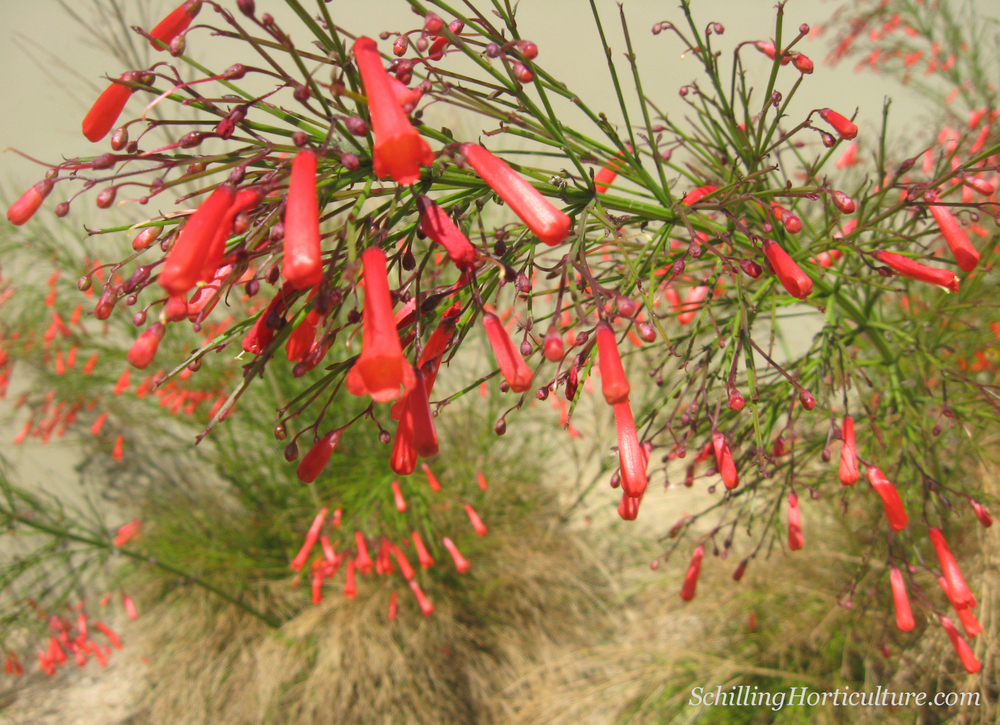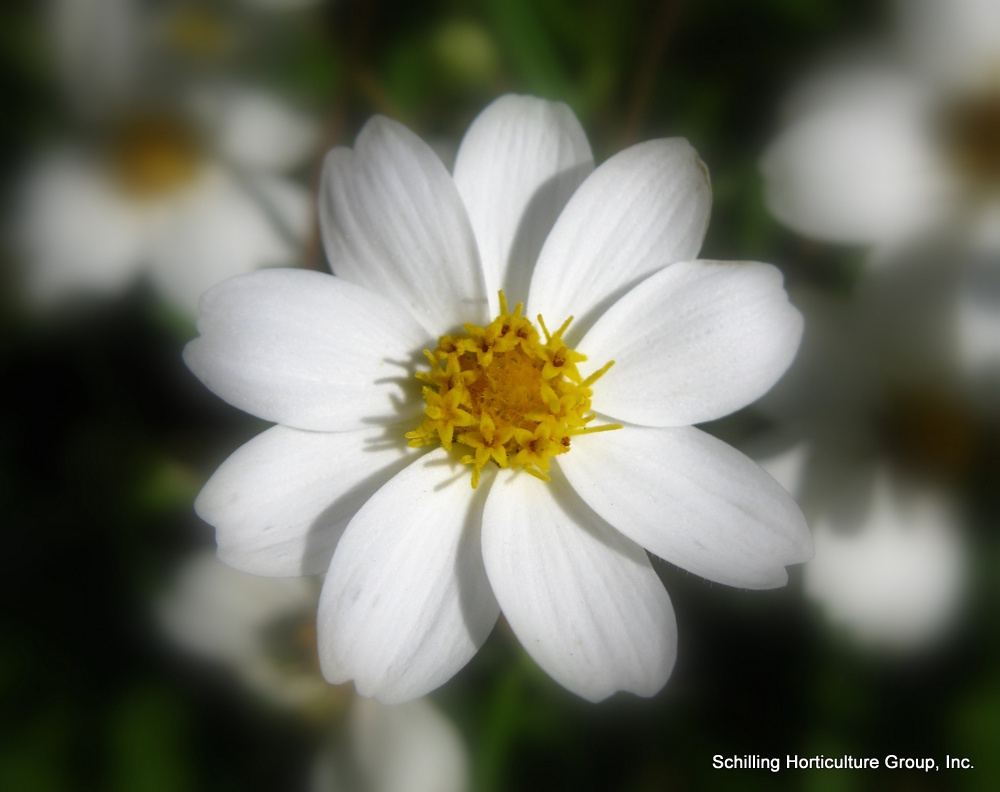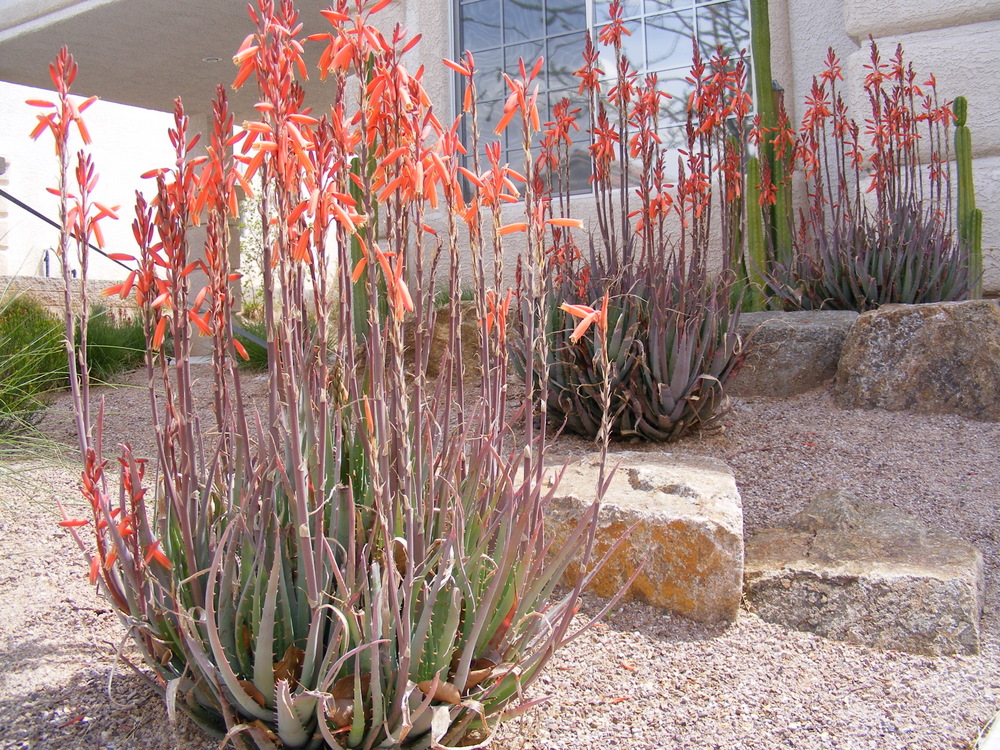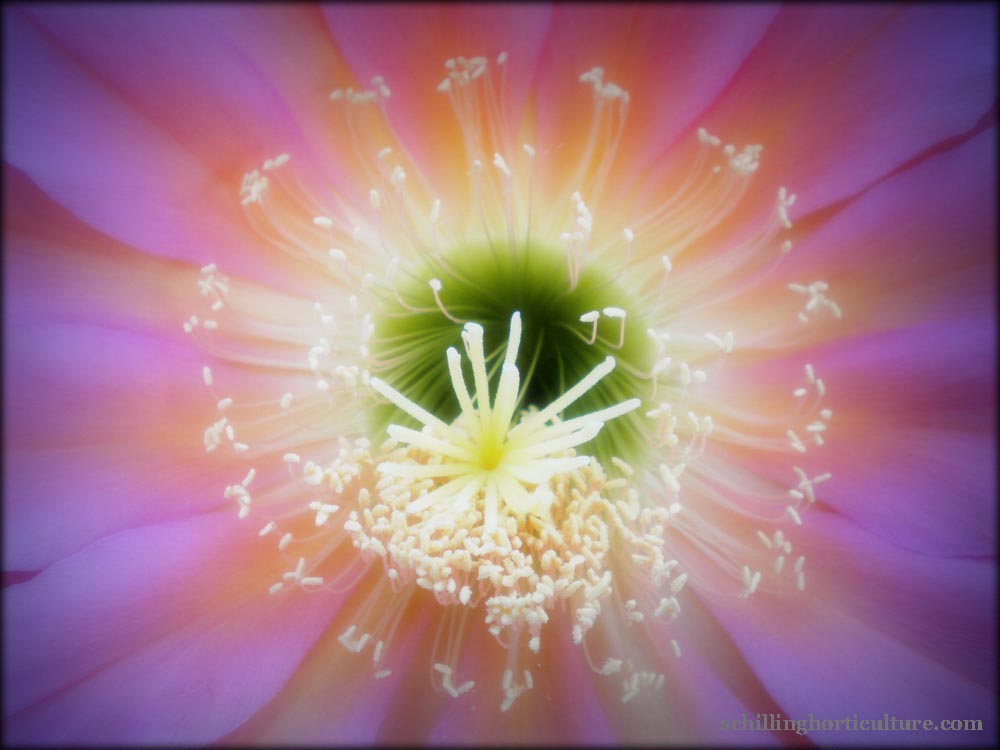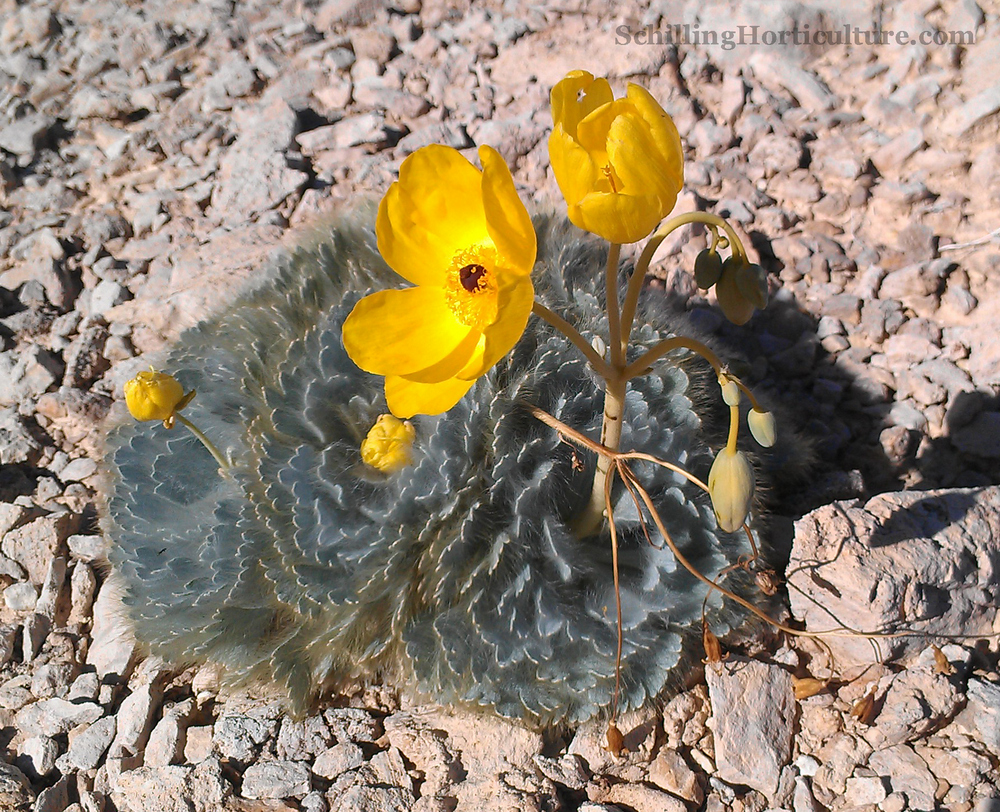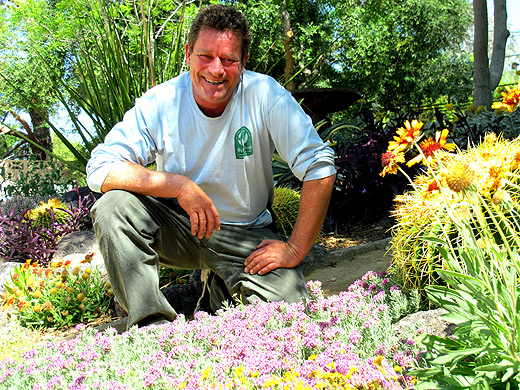Some plants like it hot. Some really, really don’t.
It’s funny what a little perspective can provide. In May, we’re horrified at that first 100° day. By August, we’re positively thrilled that it’s “only going to hit a hundred!” Heck, that’s jacket weather after we’ve endured a few weeks of 110° days and 90° nights, right?
Fortunately, most of us have air conditioning, shade and water anytime the heat starts to take its toll. Unfortunately for many of our plants, they have access to none of those things. They’re stuck out there in the blazing sun planted in rock and up against hot block walls that reflect the heat back on them for hours at a stretch. Their systems are forced to go into overdrive just to stay alive when temperatures soar and don’t let up, even at night.
On top of that, June was especially rough this year. We hit 115° early on and it seemed like the sun just would not let up for a month solid. As a result, we’re seeing trees and shrubs throughout Las Vegas showing their stress in a myriad of ugly ways; from scorched and wilting leaves to bare branches and scalded trunks, our green friends are making their suffering known and begging for some relief. Even plants that can normally withstand our heat are starting to crack.
The good news is that there are ways we can help them make it through the summer heat without adding a lot of stress to our own lives.
Get rid of the rock. First and foremost, remember that the reflected heat coming off decorative rock is just awful. It can straight up cook soft leaf tissue, particularly on plants that aren’t well-suited to the extreme temperatures of our climate. Pull that decorative rock away from your non-desert plants as much as possible, by at least a couple of feet (and more if you can swing it). Replace it with organic mulch at about a 2” depth to provide a respite from reflected heat and help conserve moisture in the soil. Over time, the mulch will start to break down and introduce organic matter into the soil, something our basically barren soil could desperately use, by the way.
Block the sun. Another strategy for shielding your plants from the effects of the sun is to provide it with shade, especially from the afternoon sun. Tree wrap will defend a trunk against scalding in the summer months. For smaller plants, use a piece of burlap or shade cloth on the west side to offer immediate protection from the most intense heat of the day. Bear in mind that hot Vegas summers aren’t going anywhere though, so it’s probably best to invest in a long-term solution. Plant a larger, more heat-tolerant shrub a few feet away to eventually lend shade to its neighbor and also offer more visual appeal than a seasonal piece of burlap.
Reconsider your plant choices. Finally, take a good long look at your garden and consider whether it might be time to switch out some of those tender plants that thrive in Iowa with trees and shrubs that love the Mojave instead.
There are plenty of beautiful desert natives and introduced species to choose from, making this a great opportunity to create room for plants that won’t bat an eye when 115° comes around. Less work for you, less stress on your plants and a more beautiful landscape in the long run? That’s a winning proposal all the way around!



